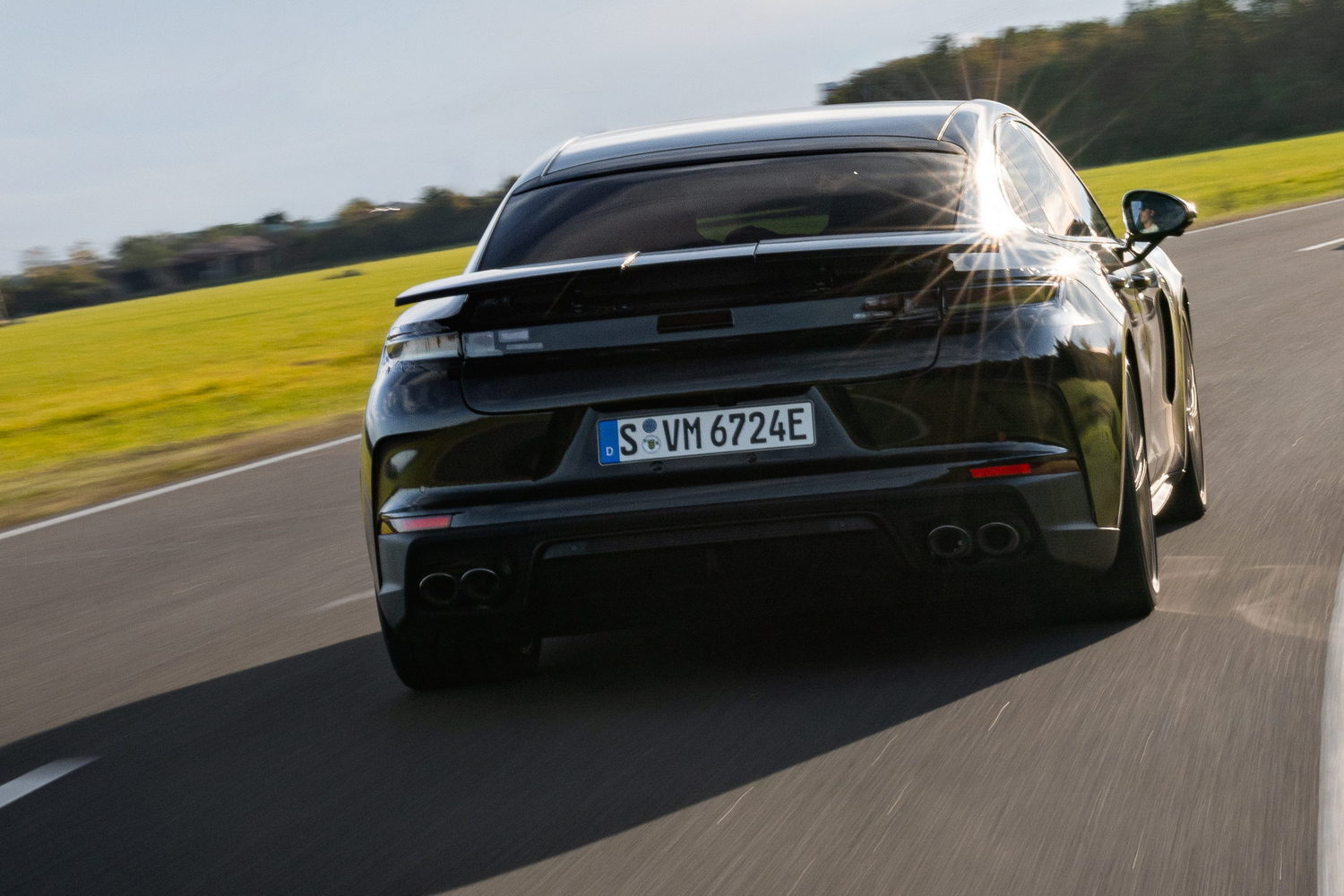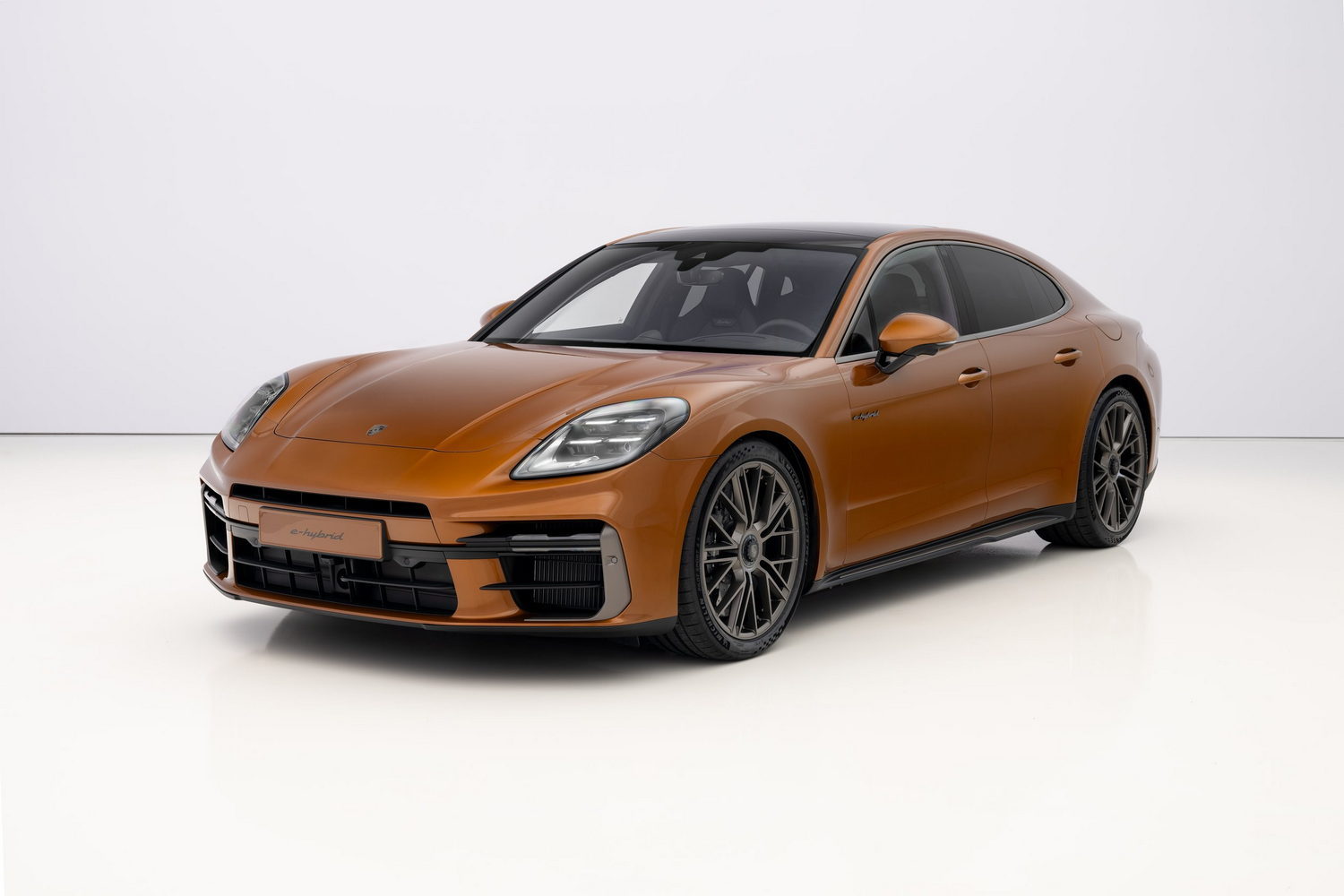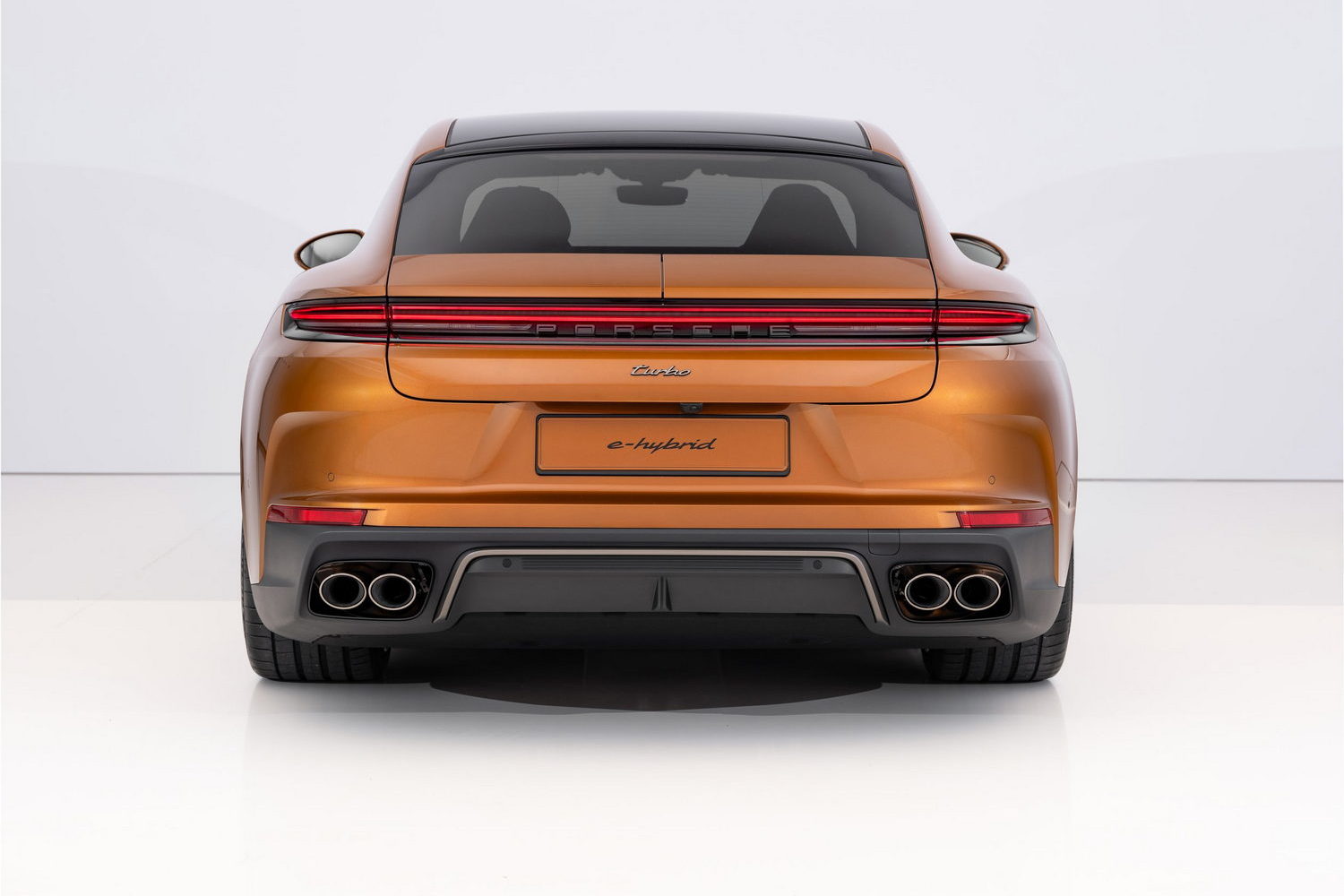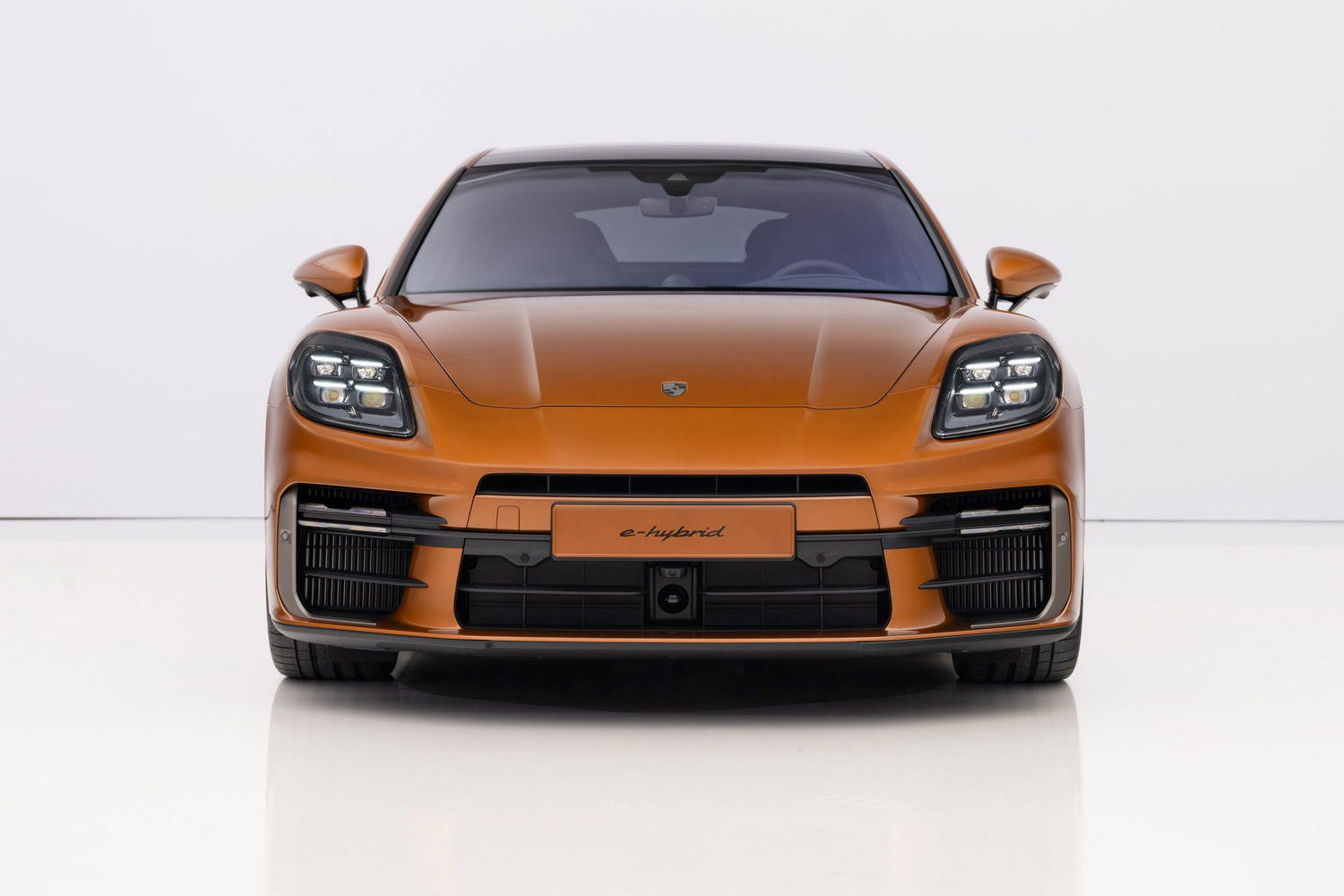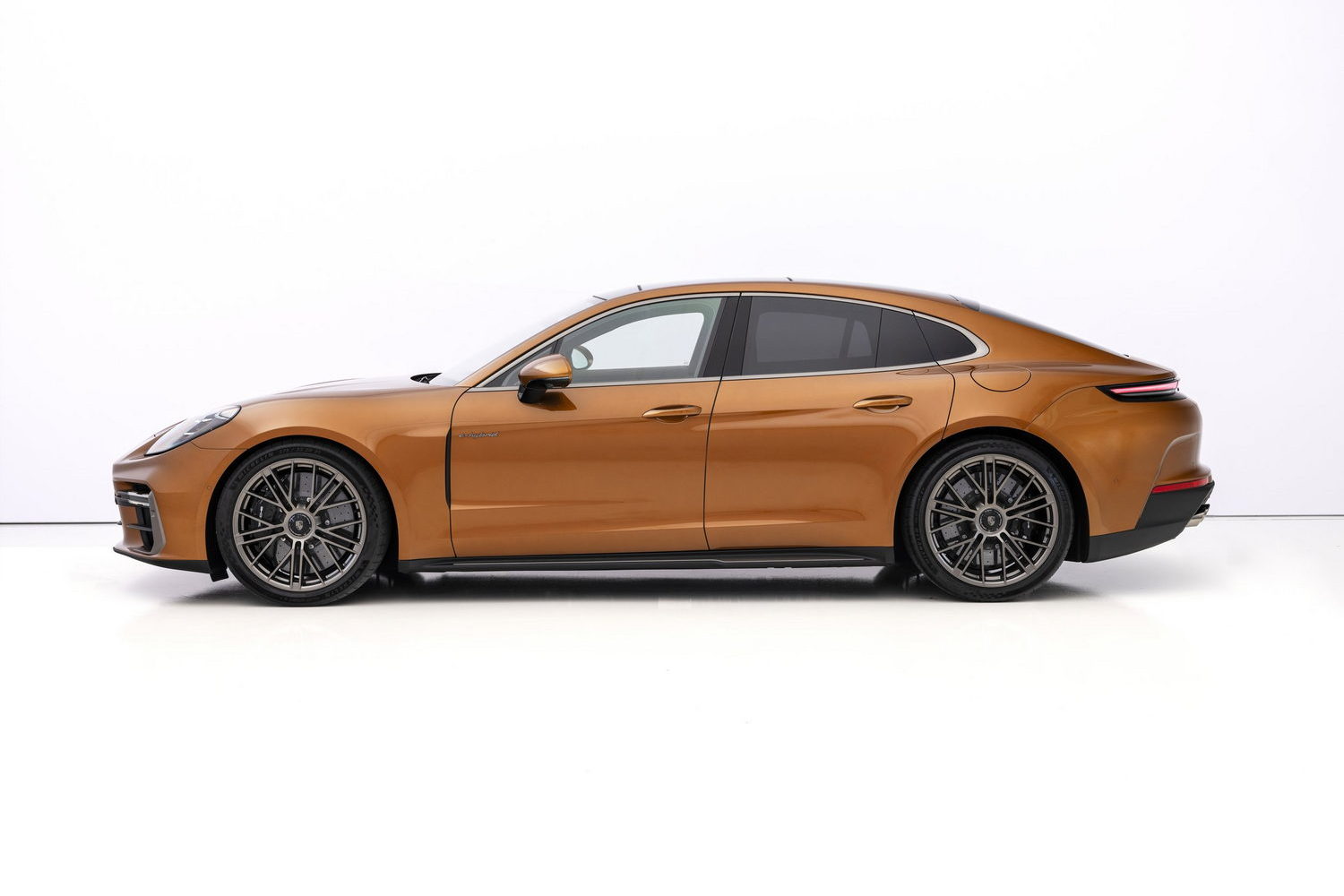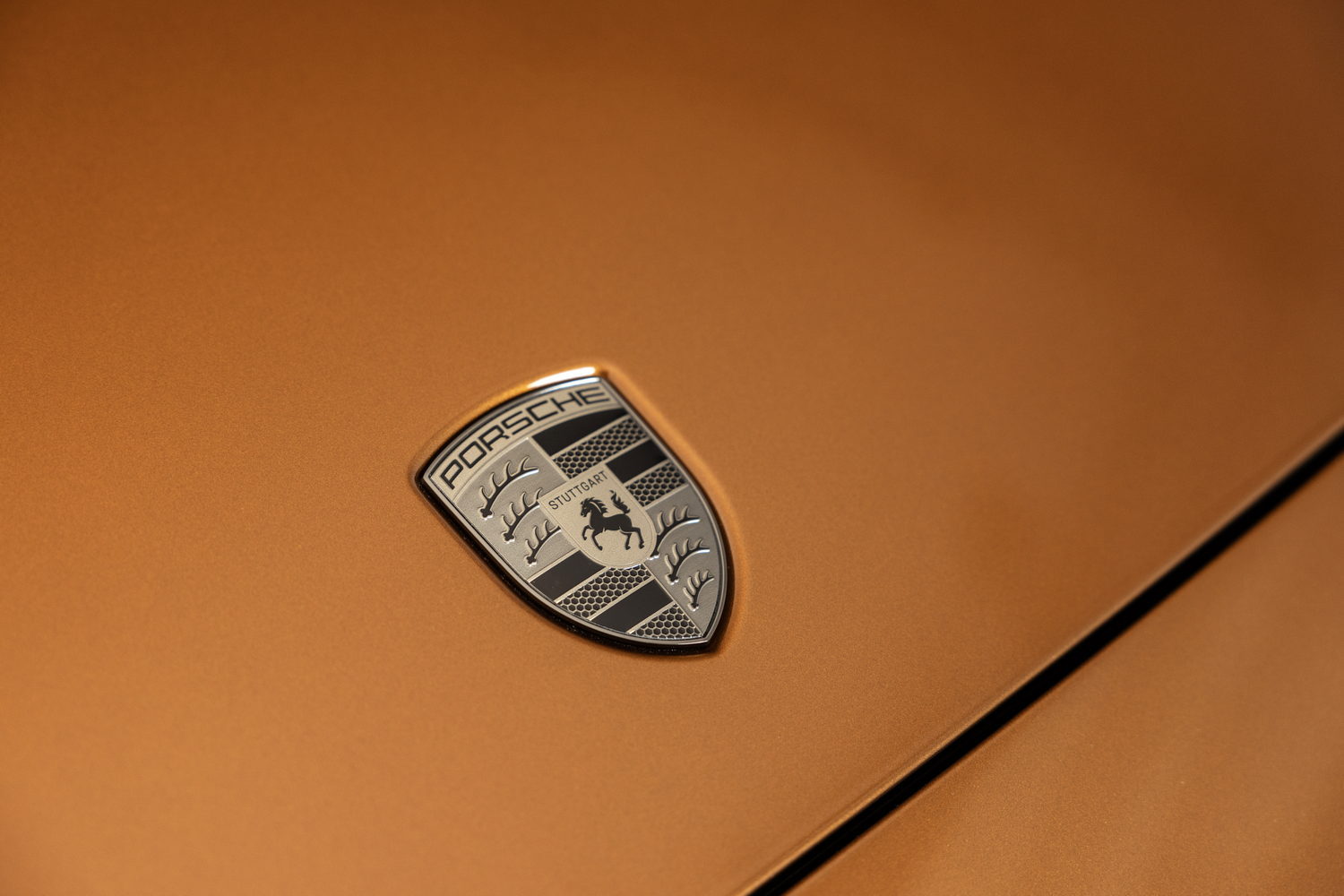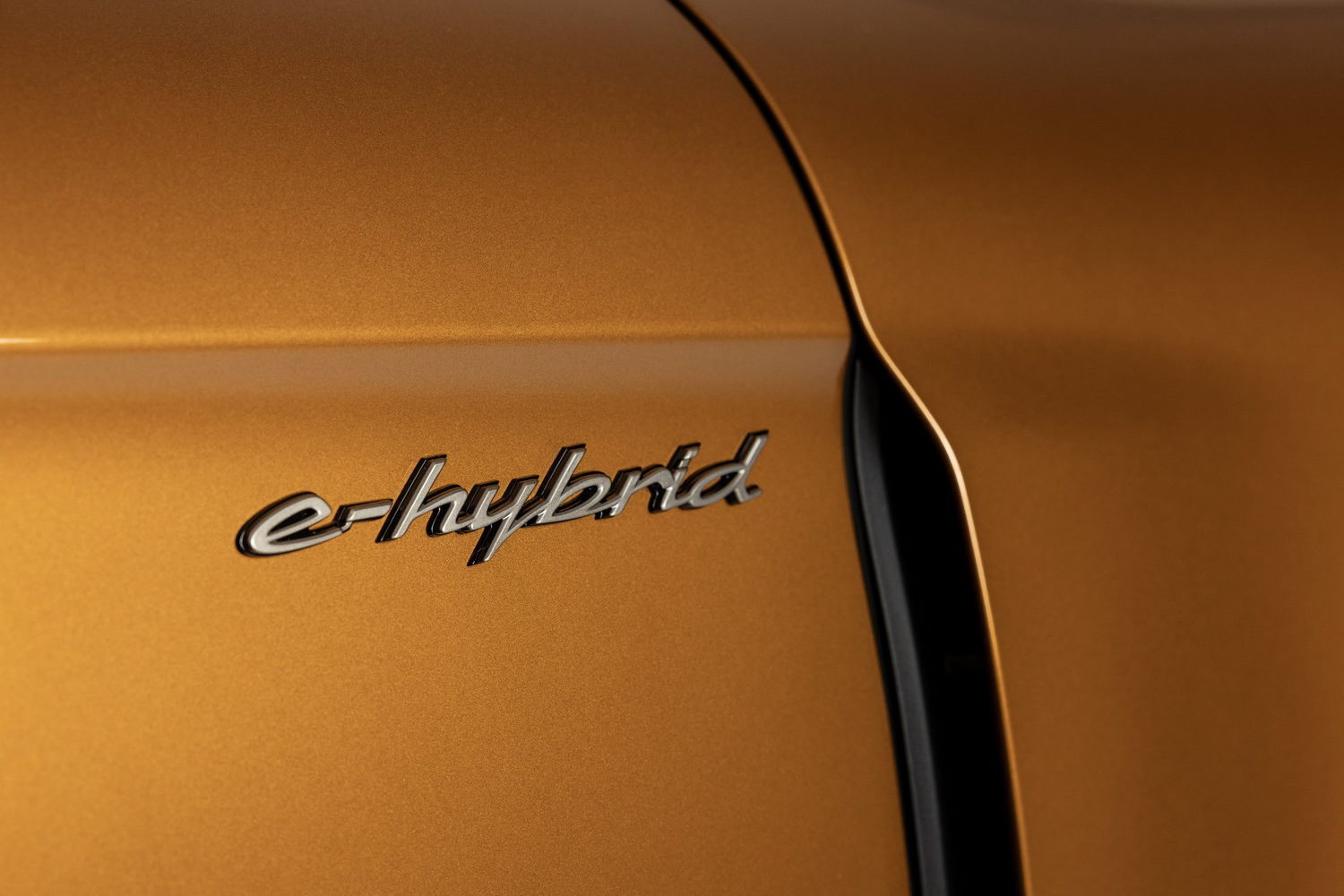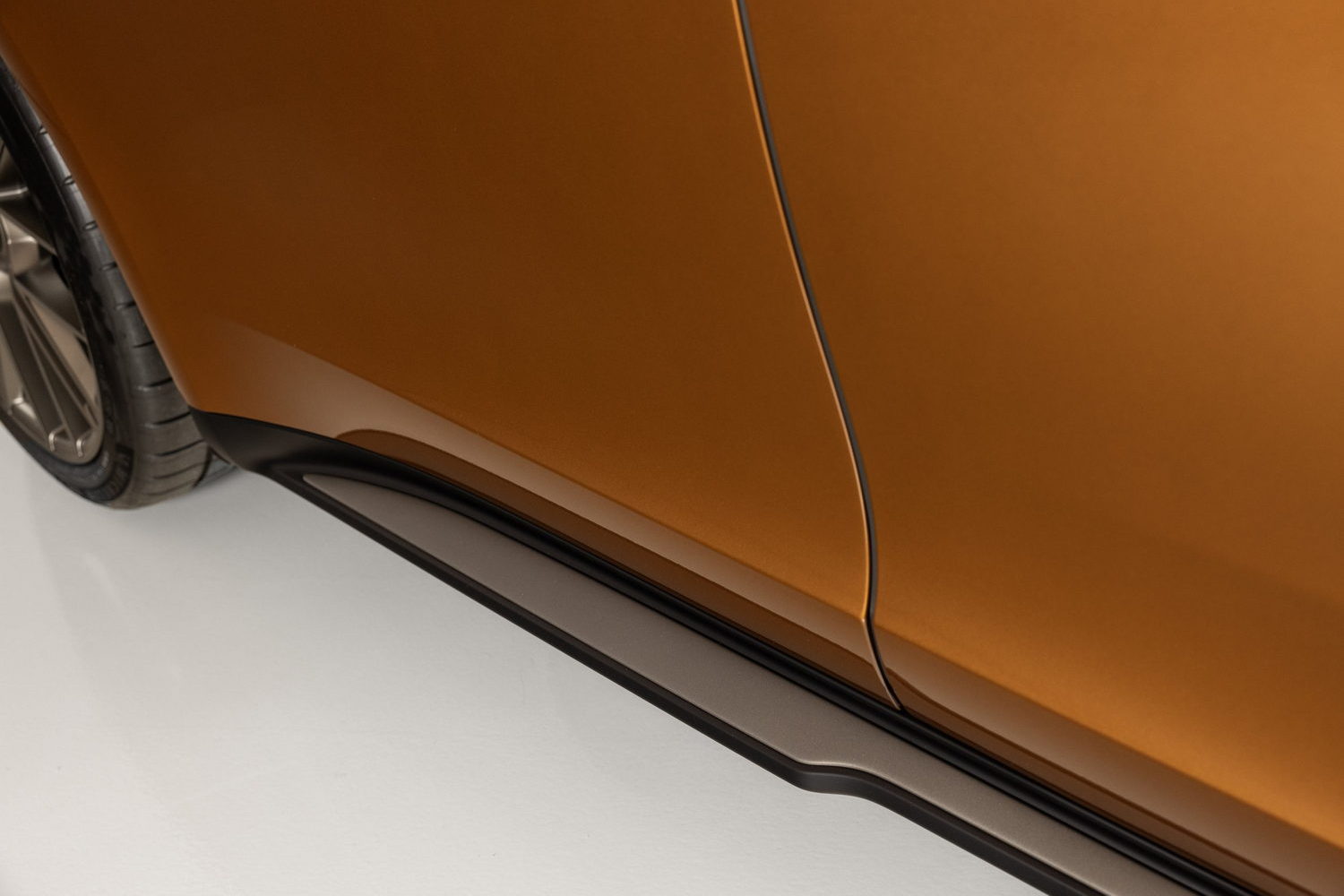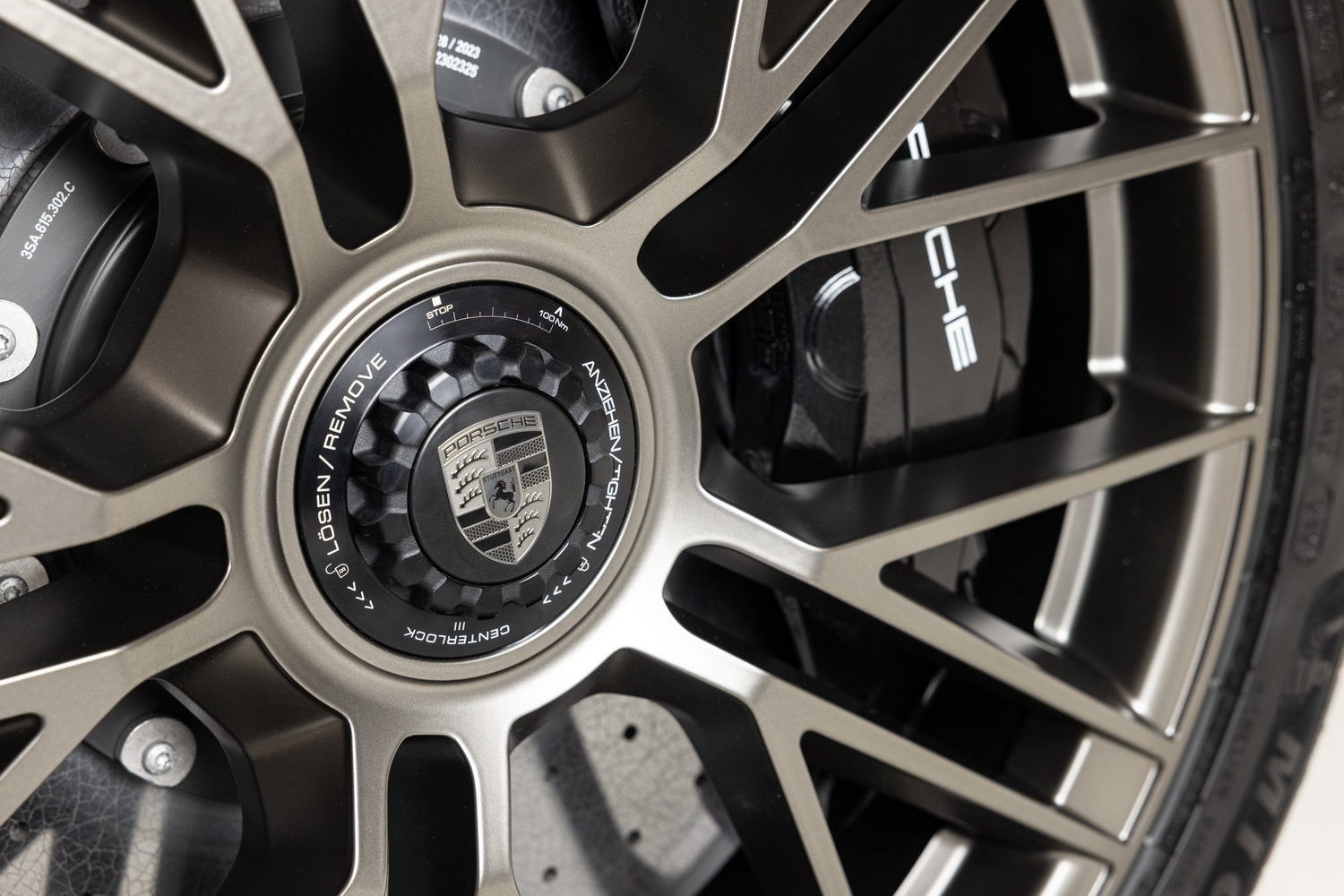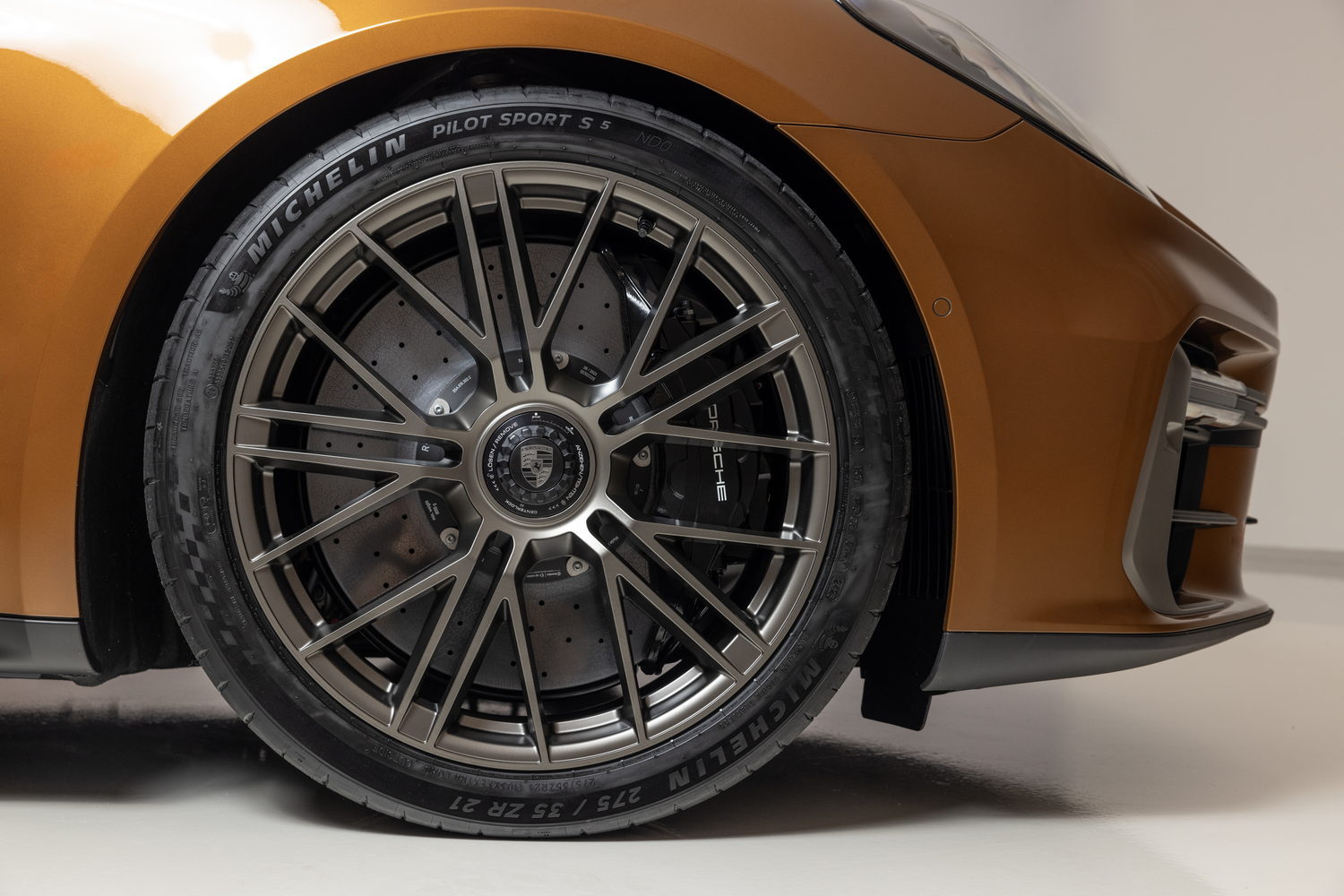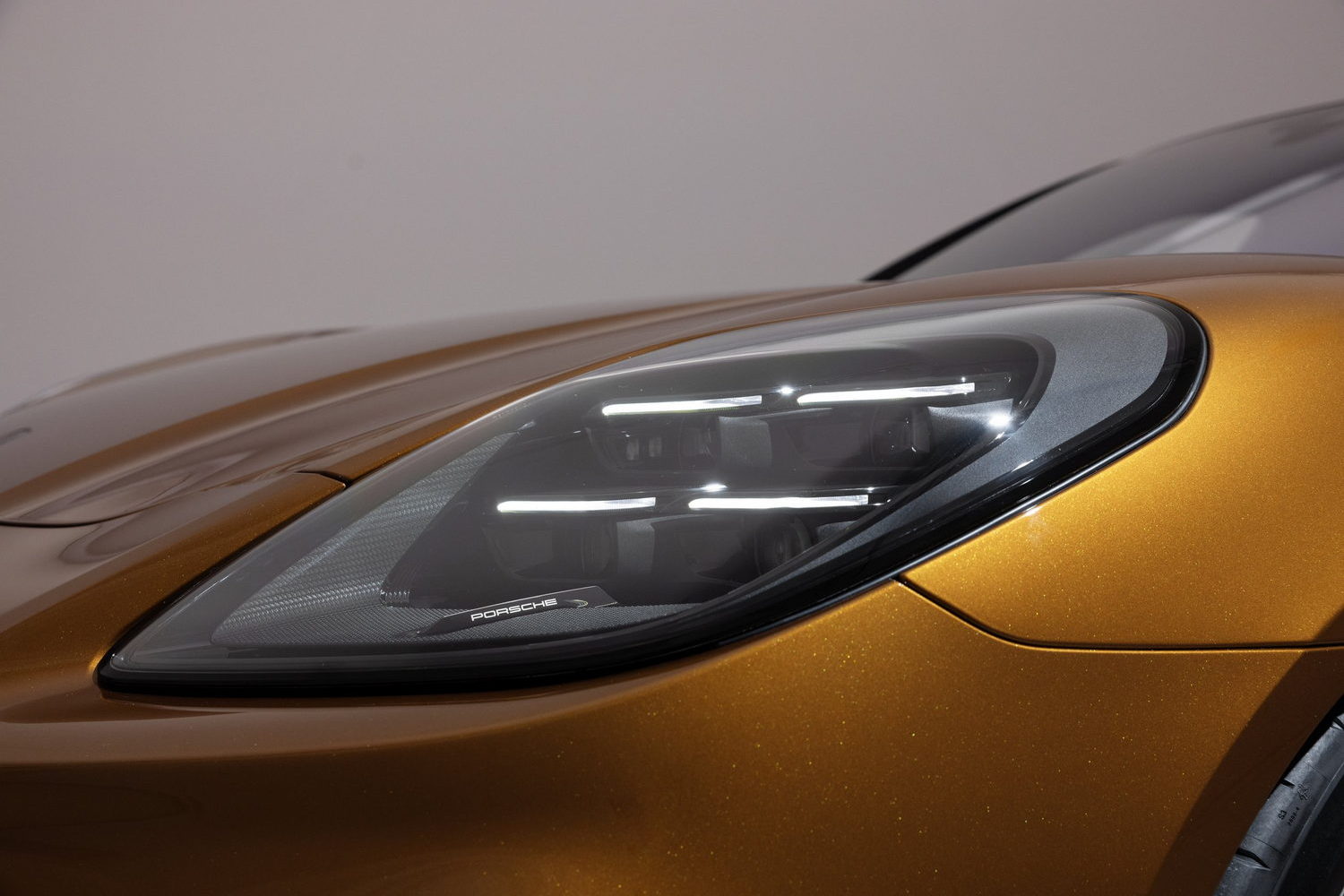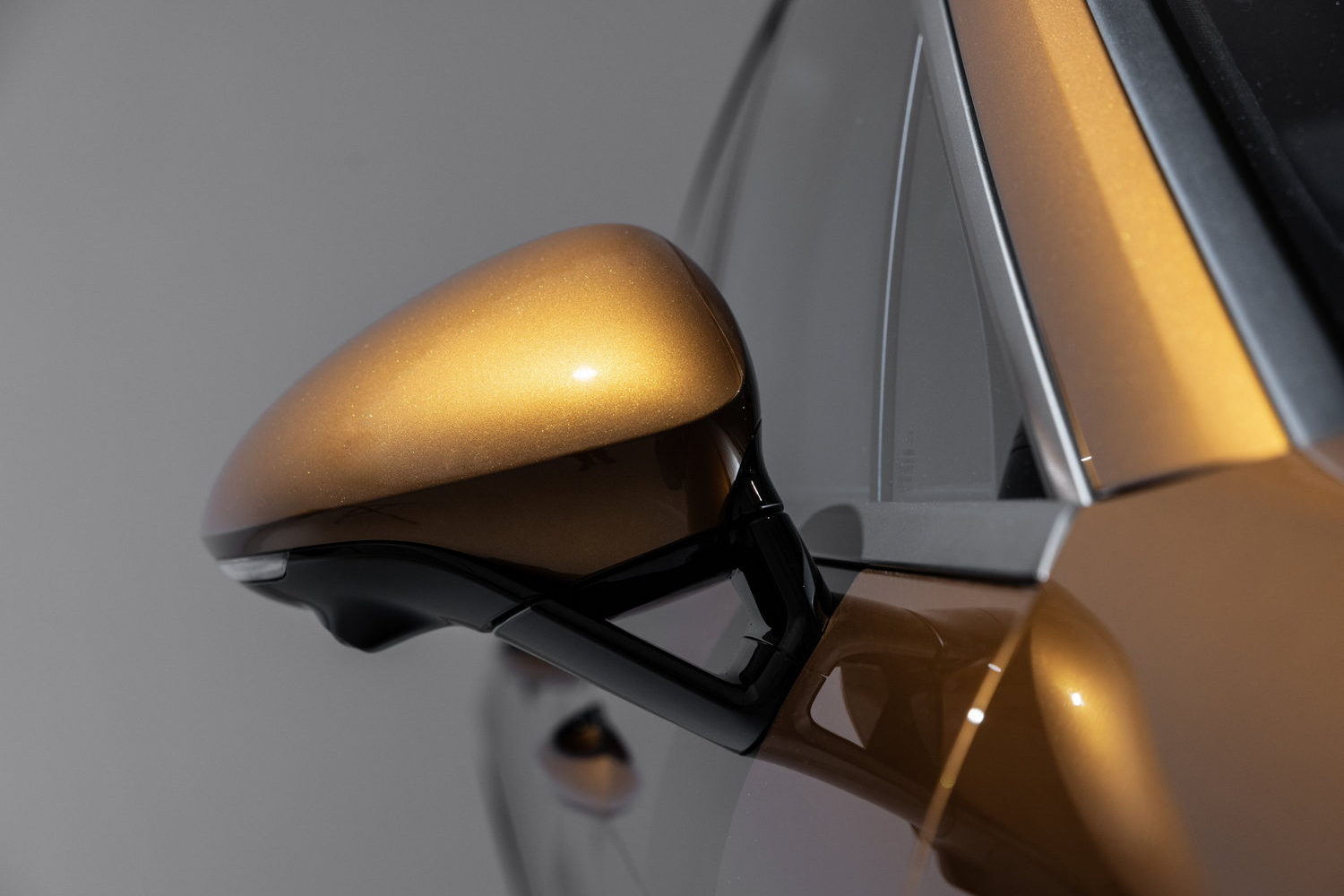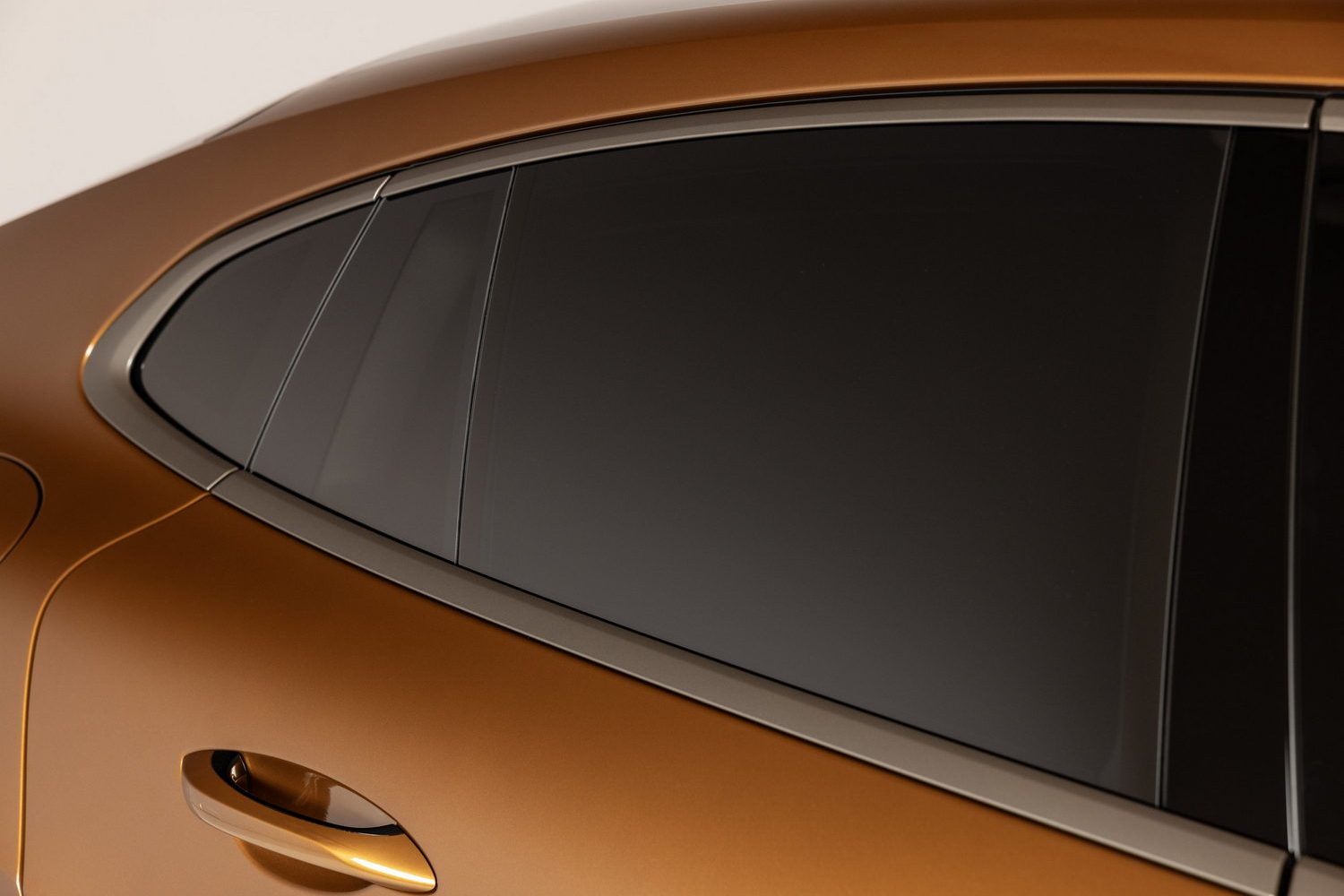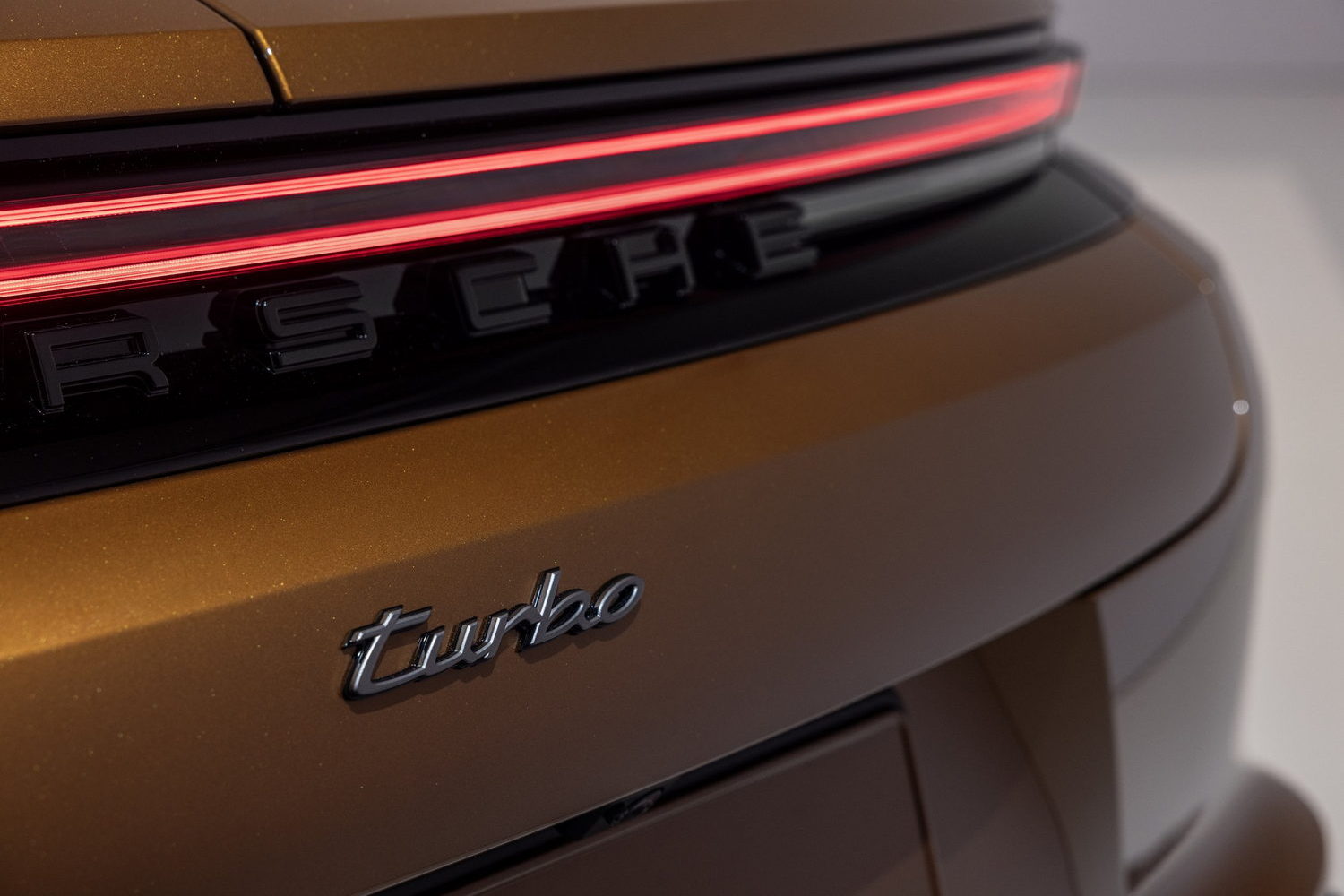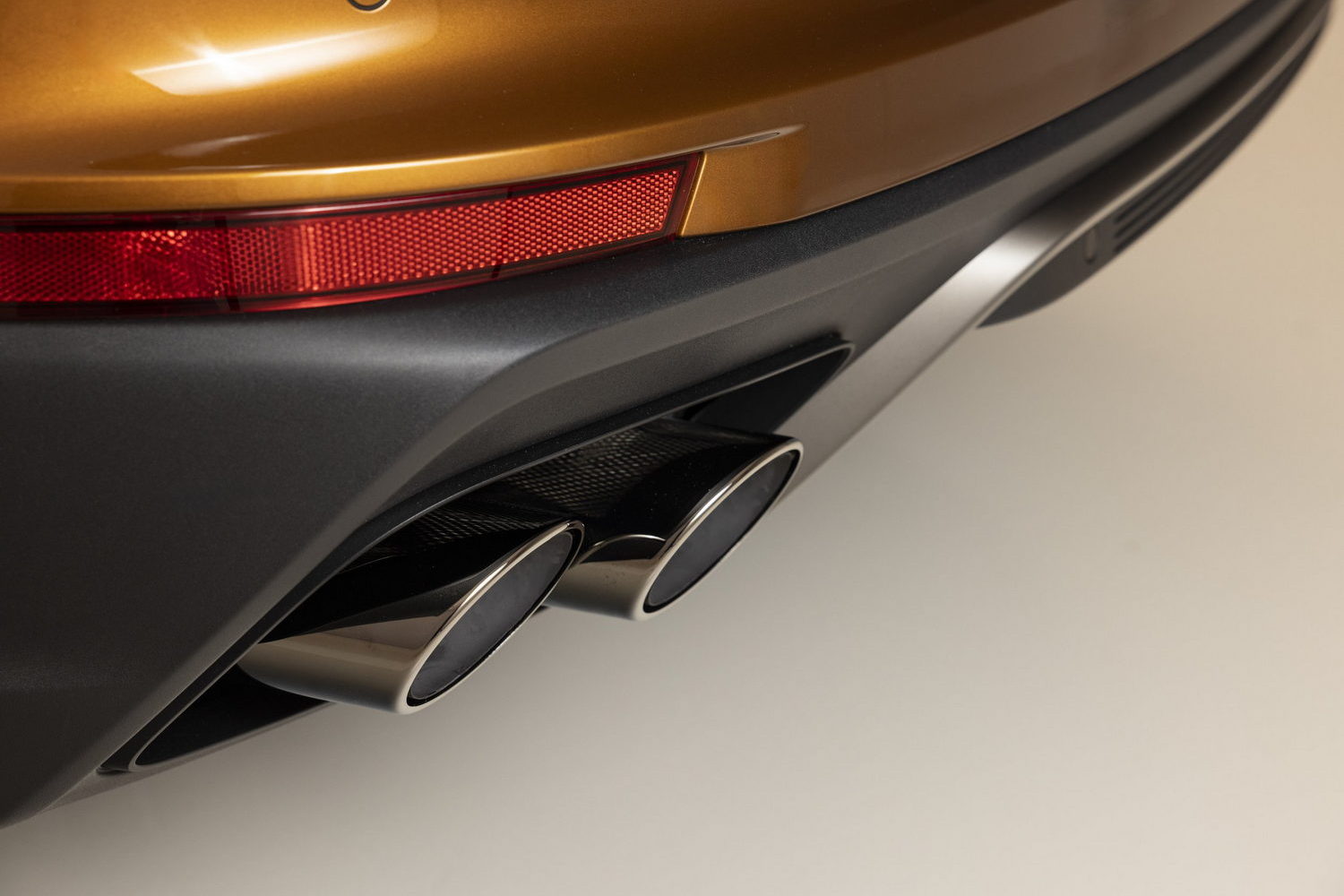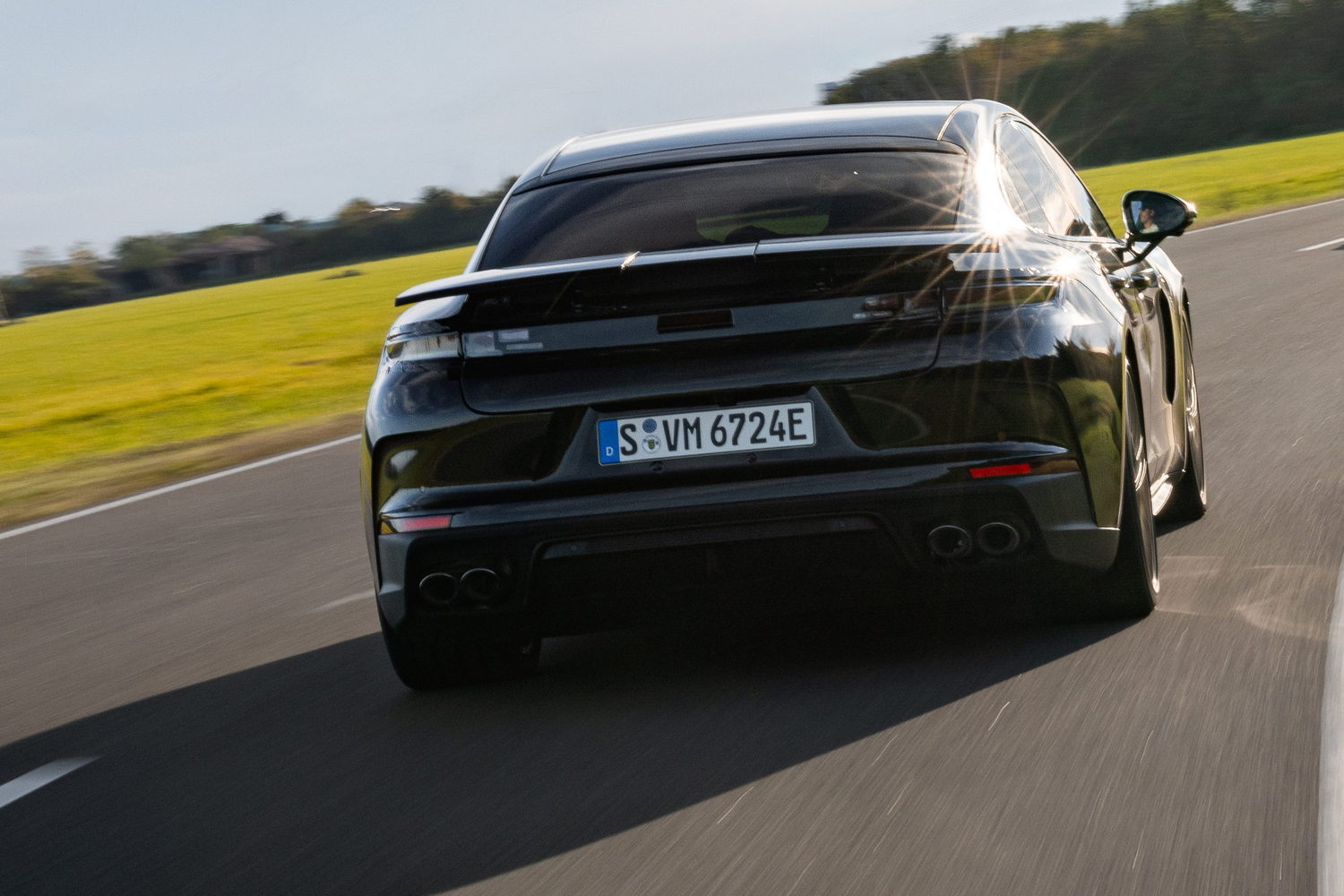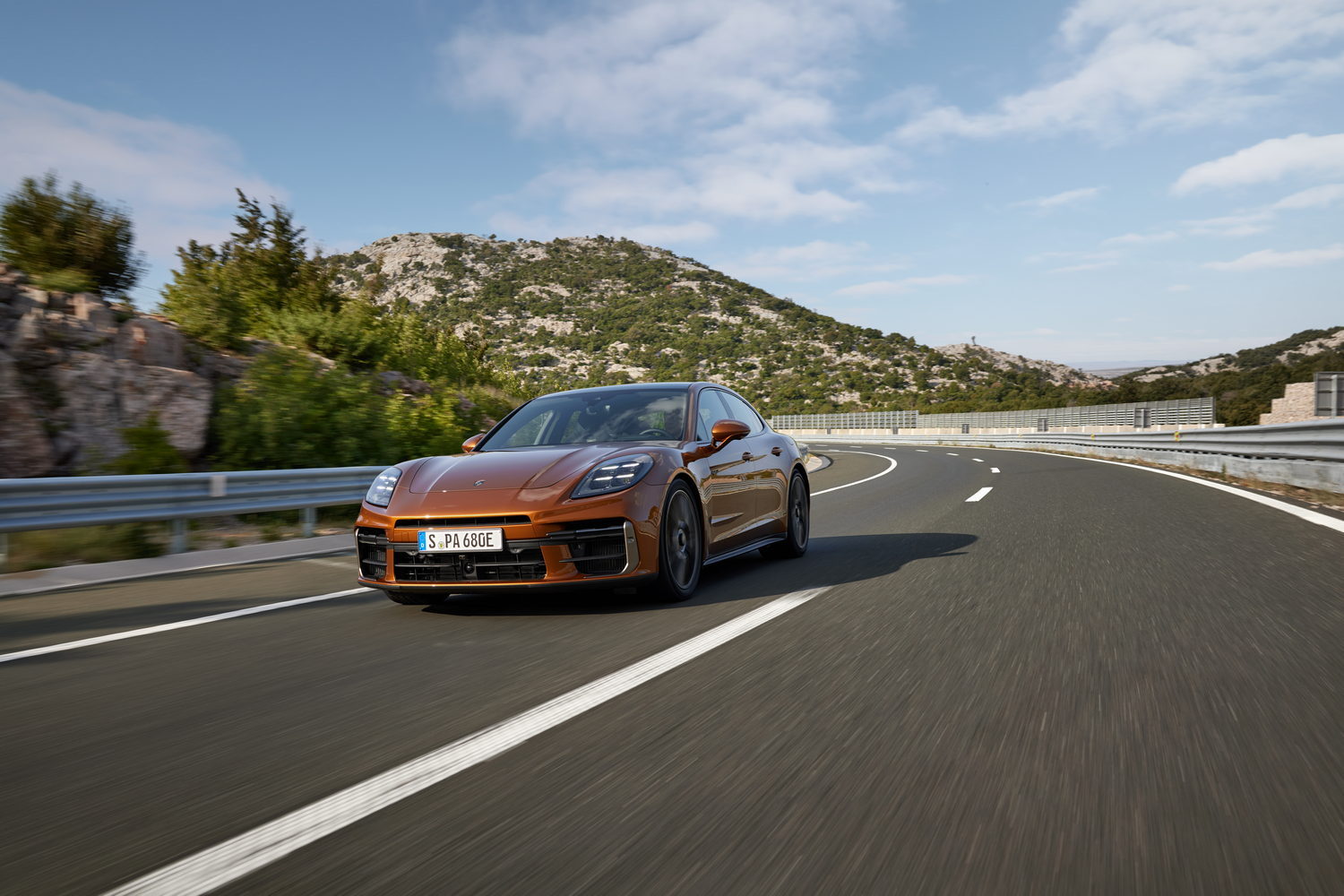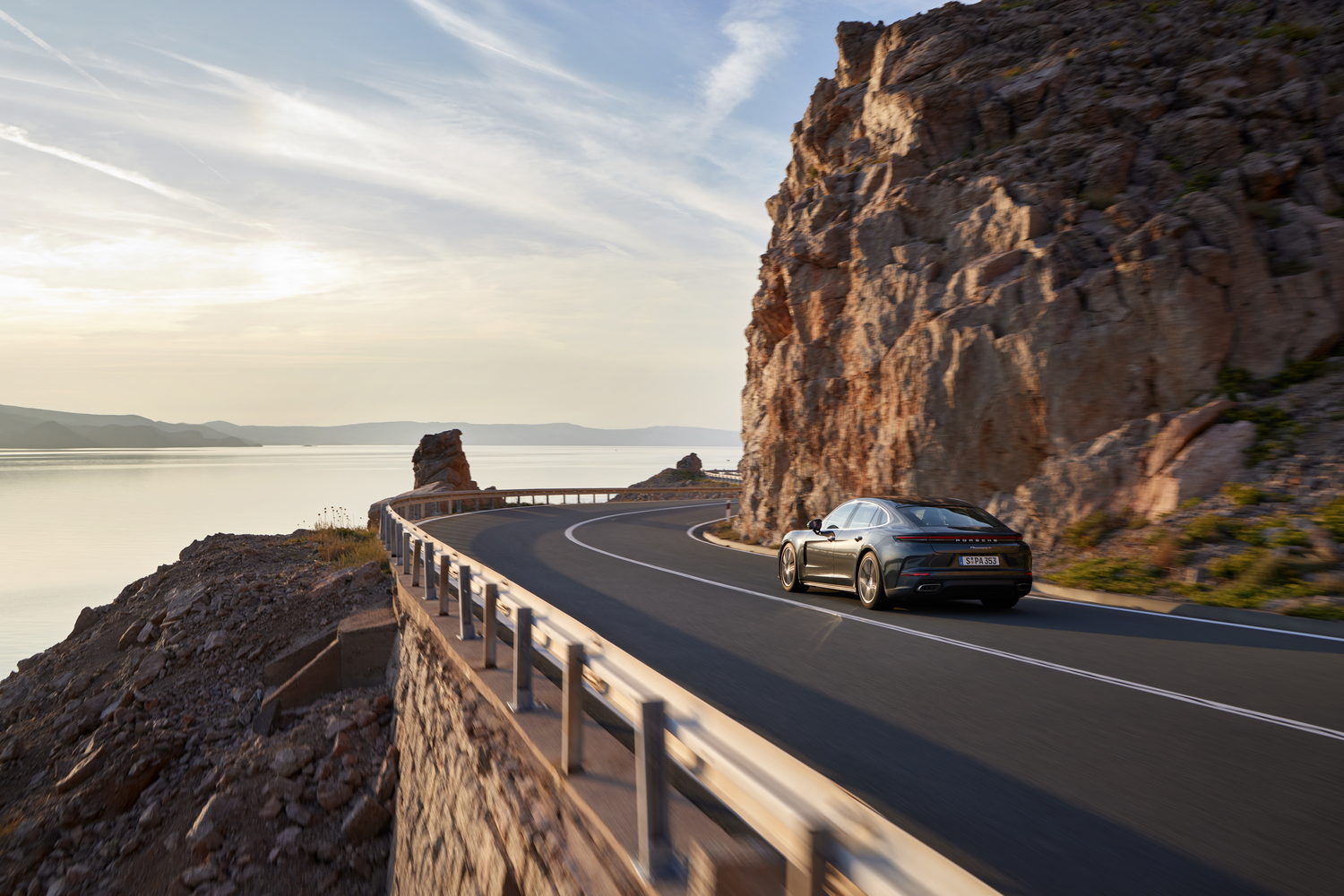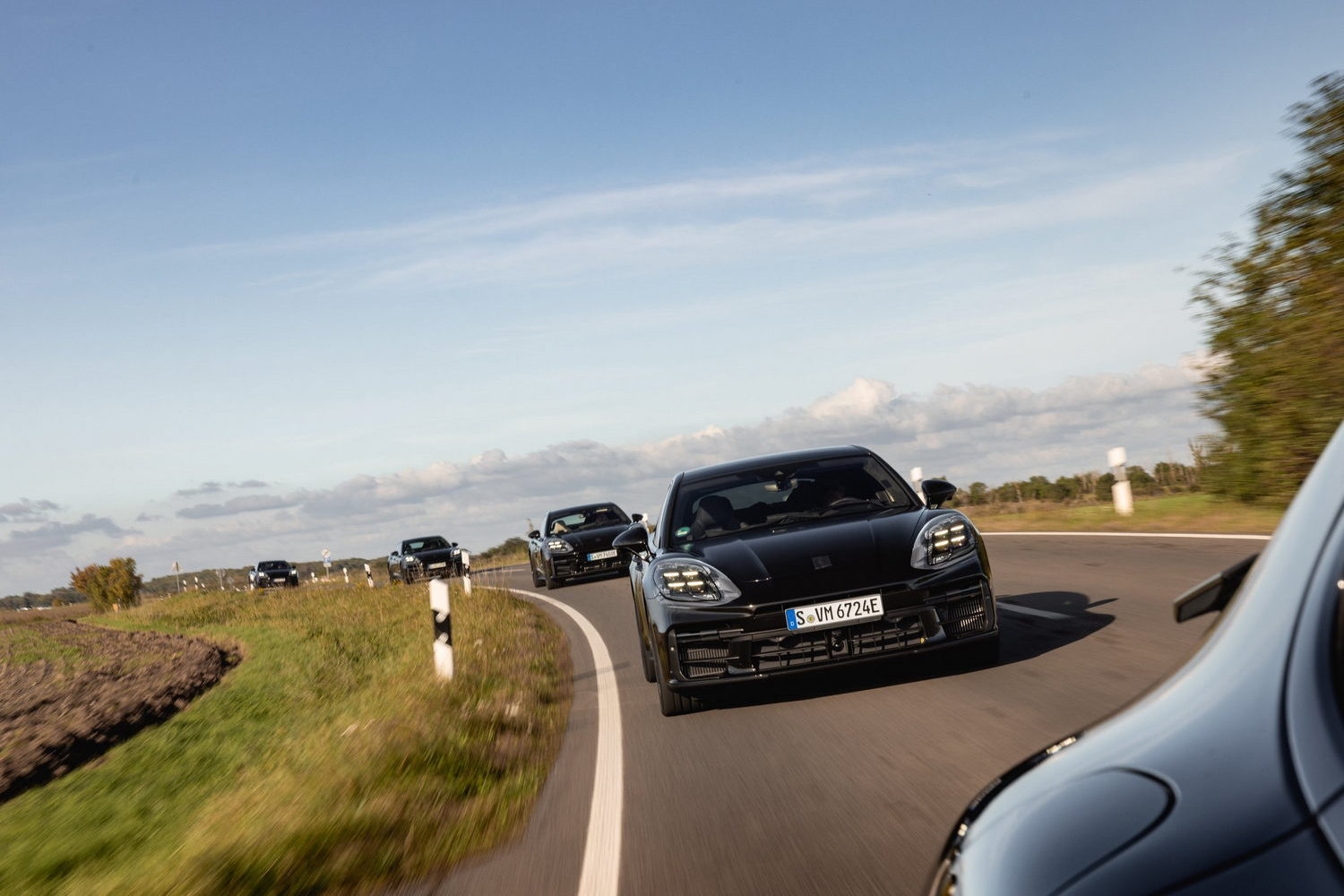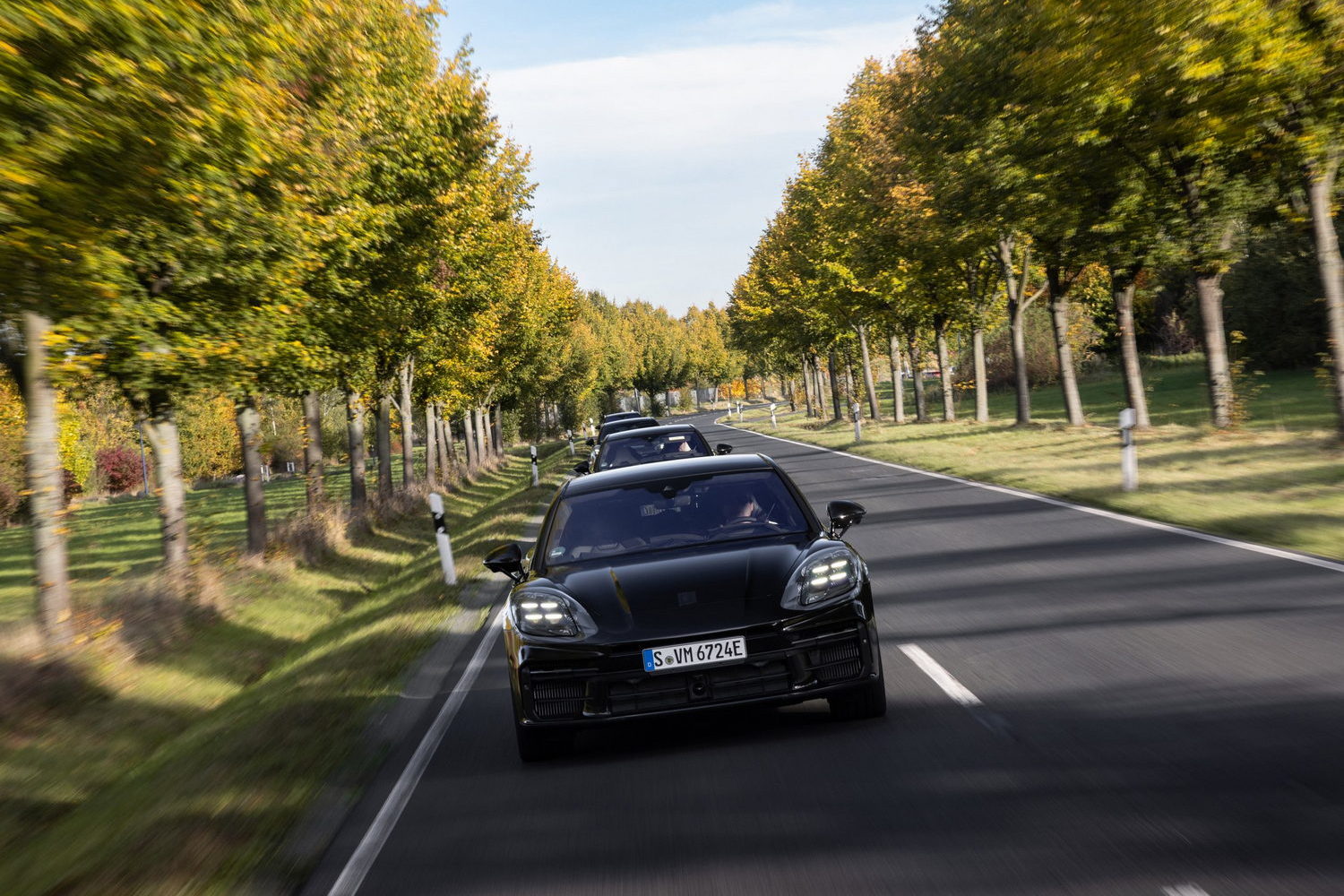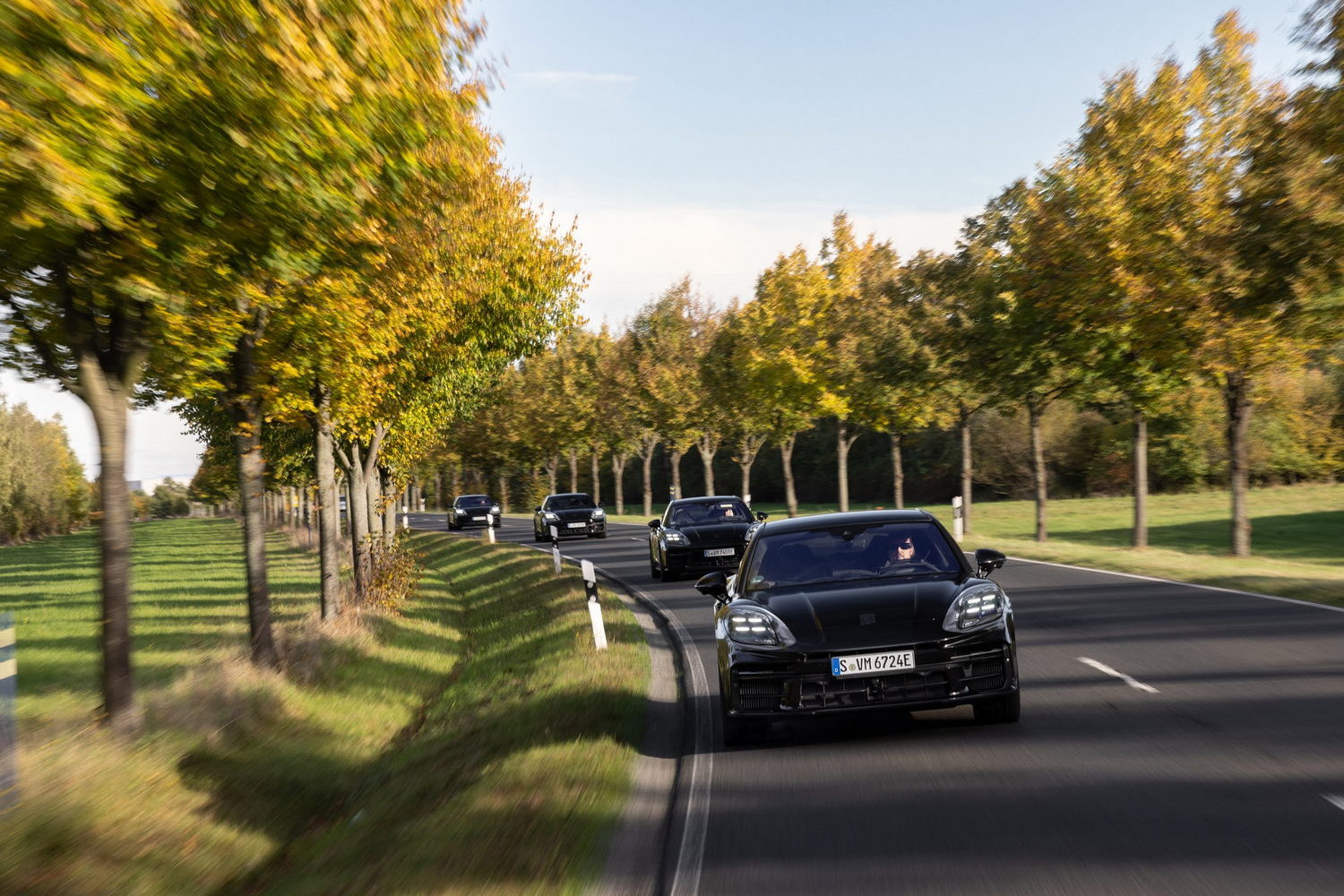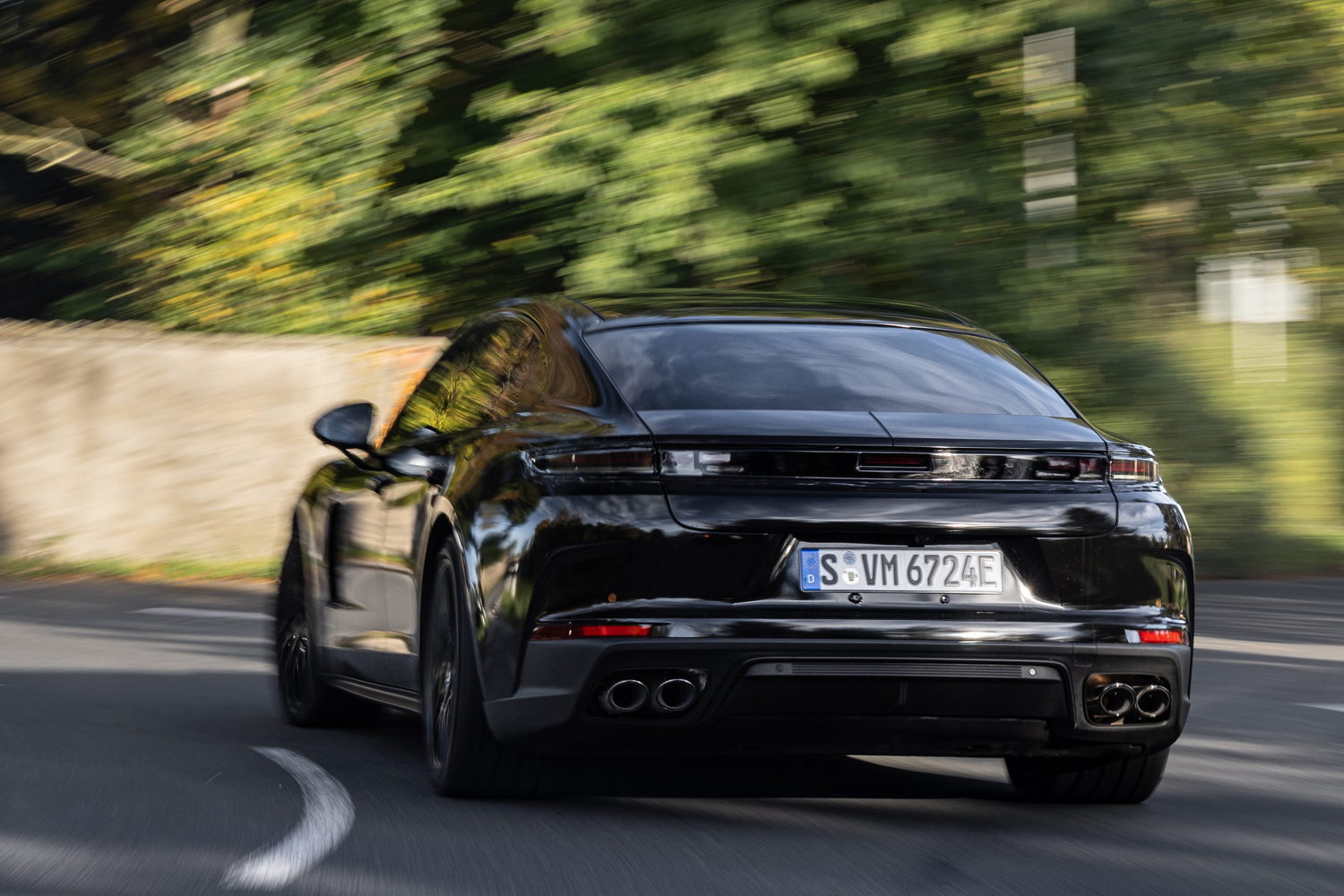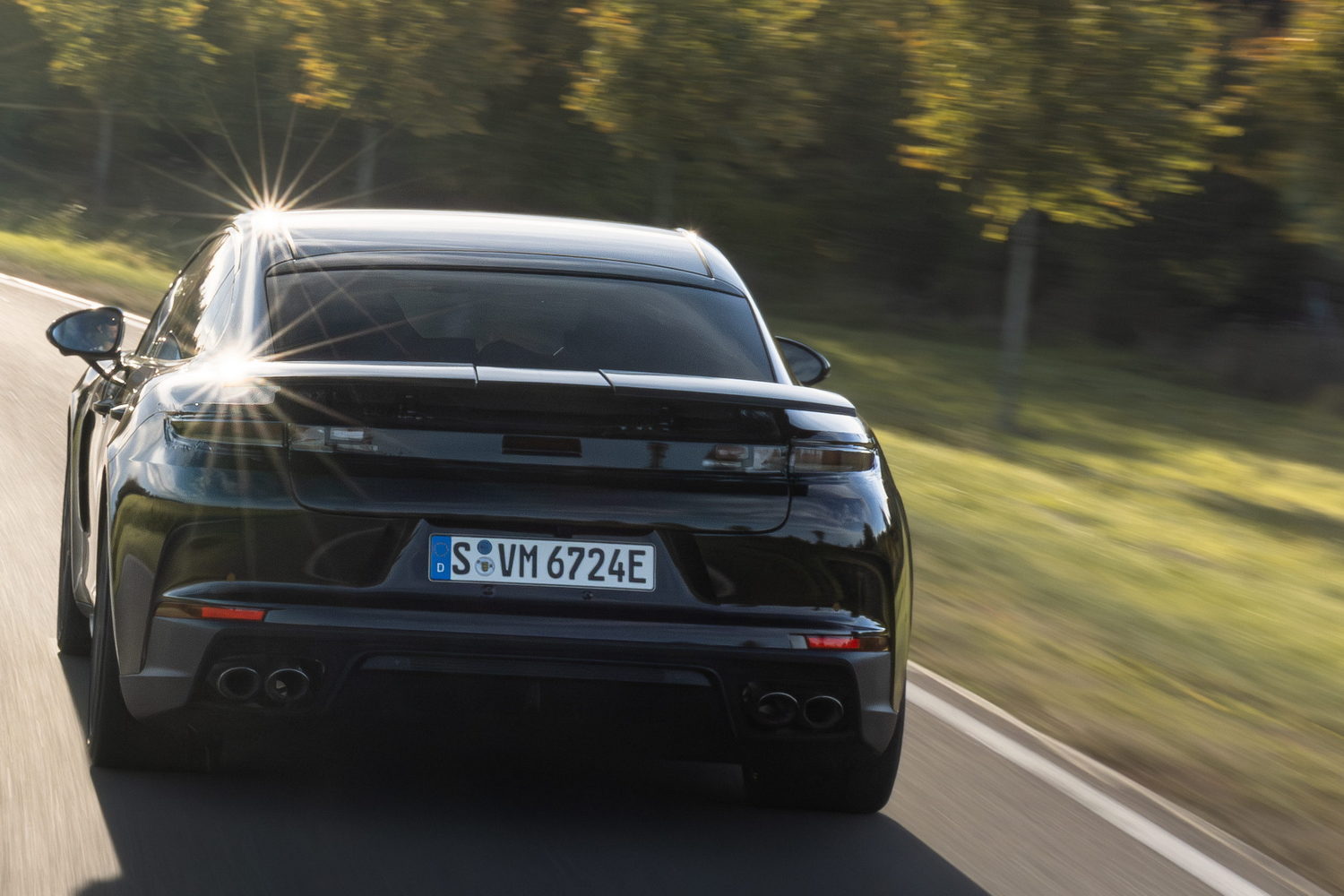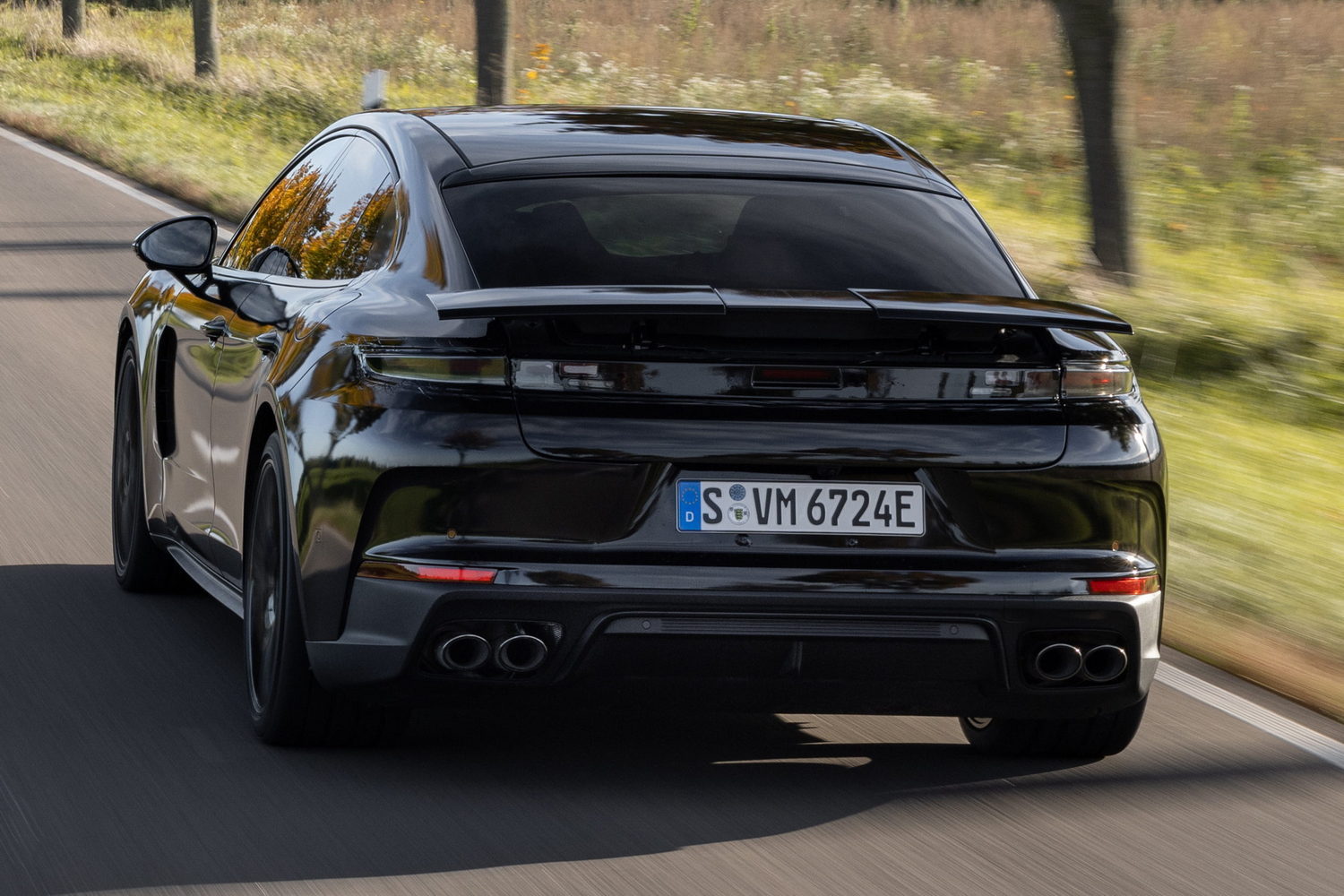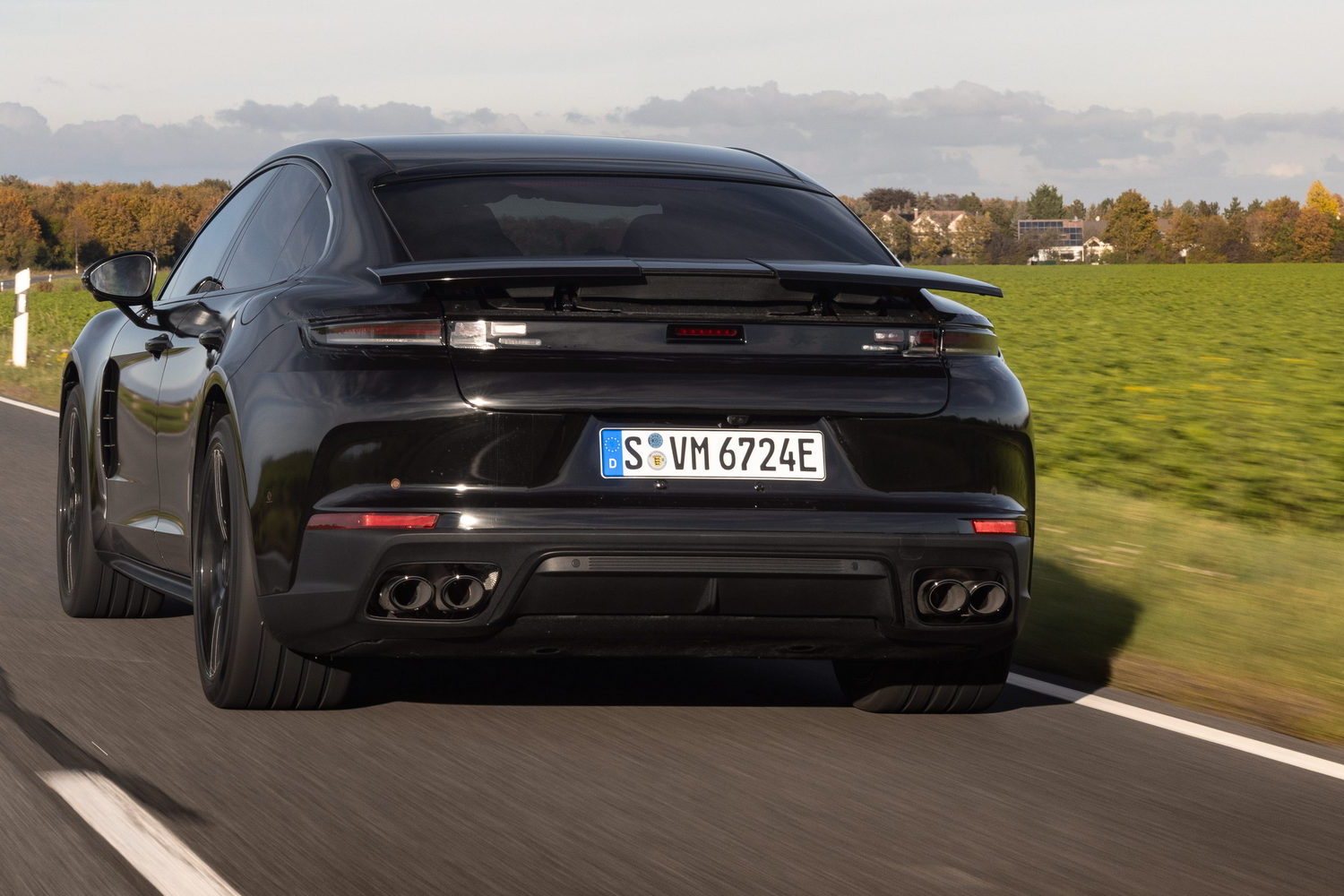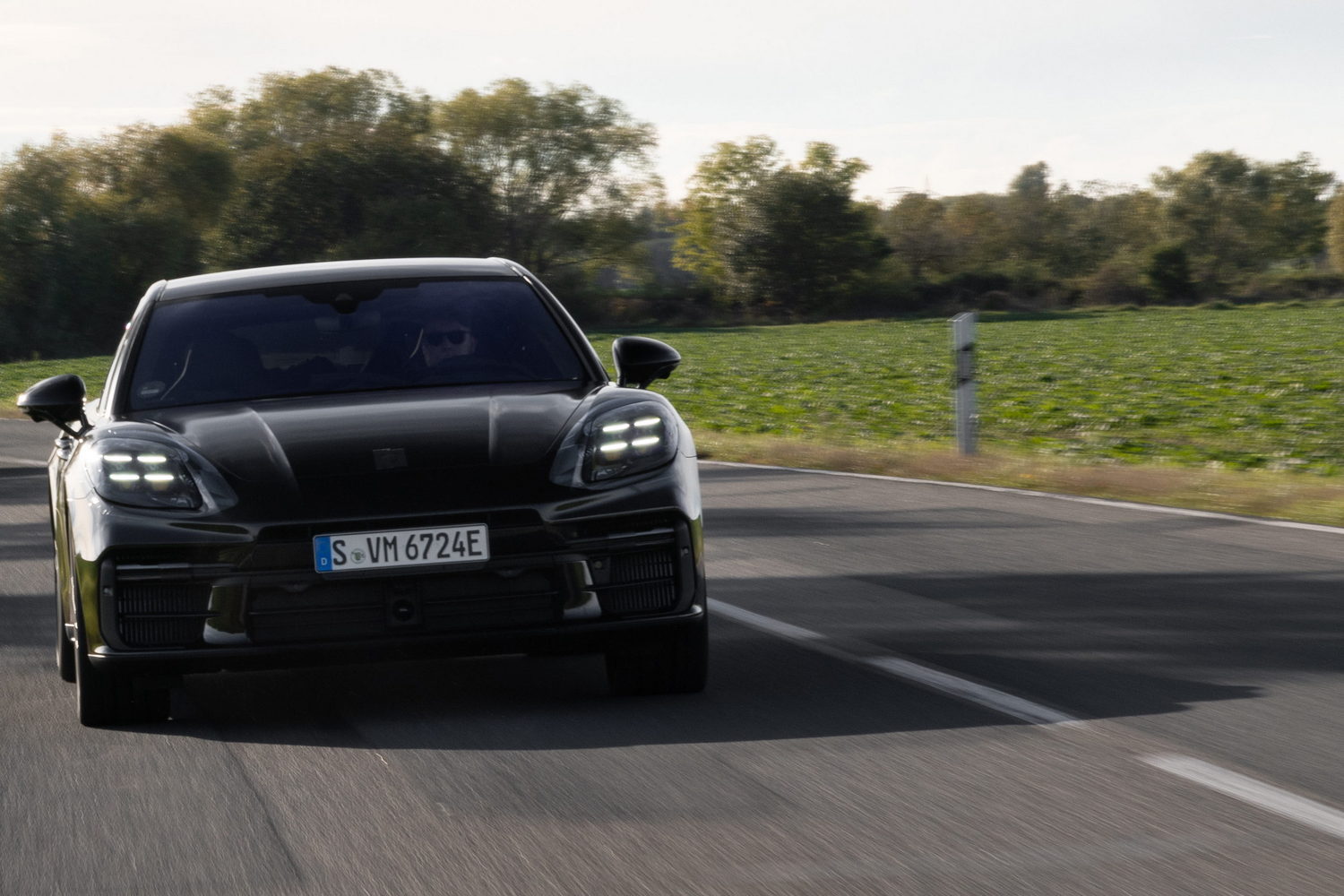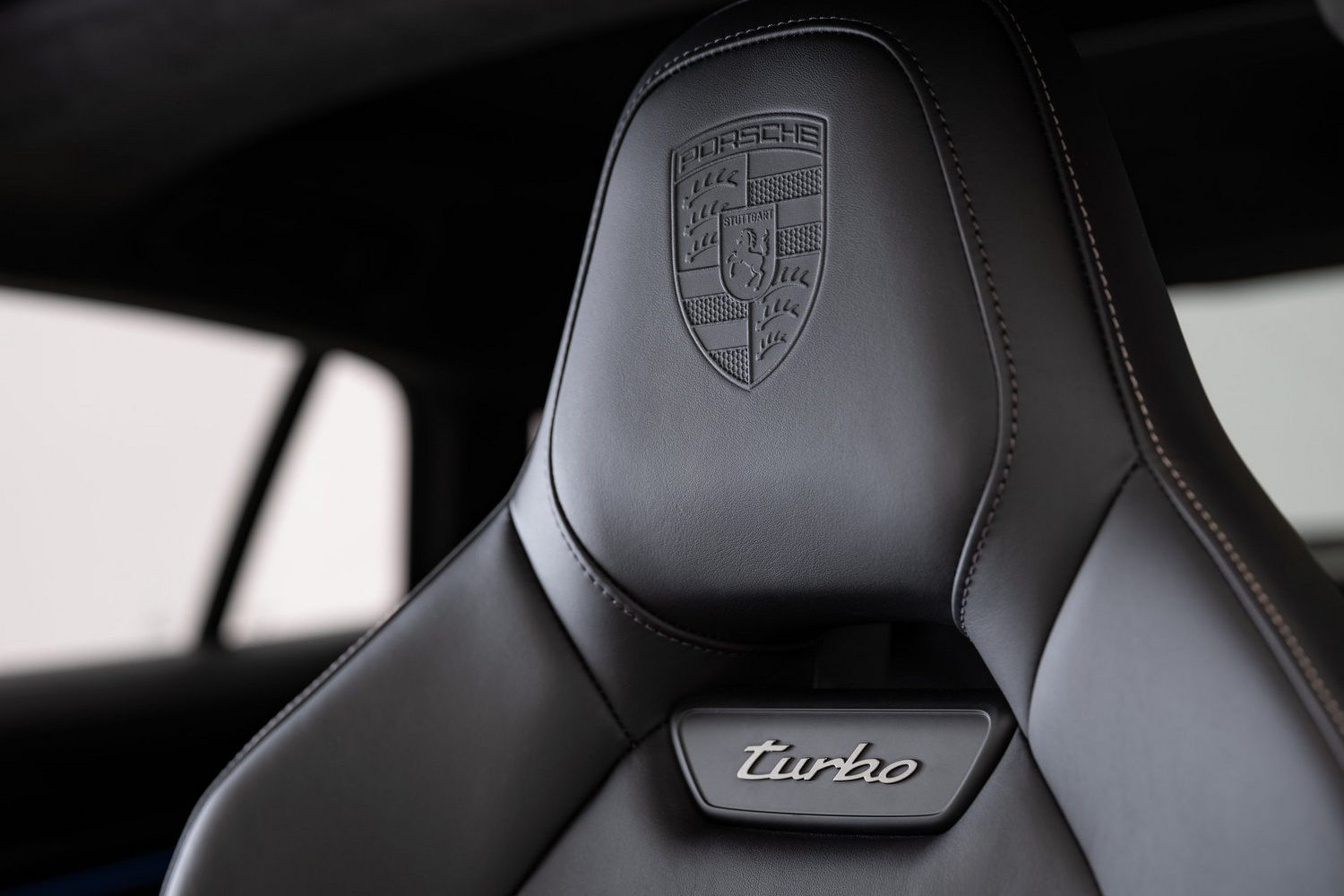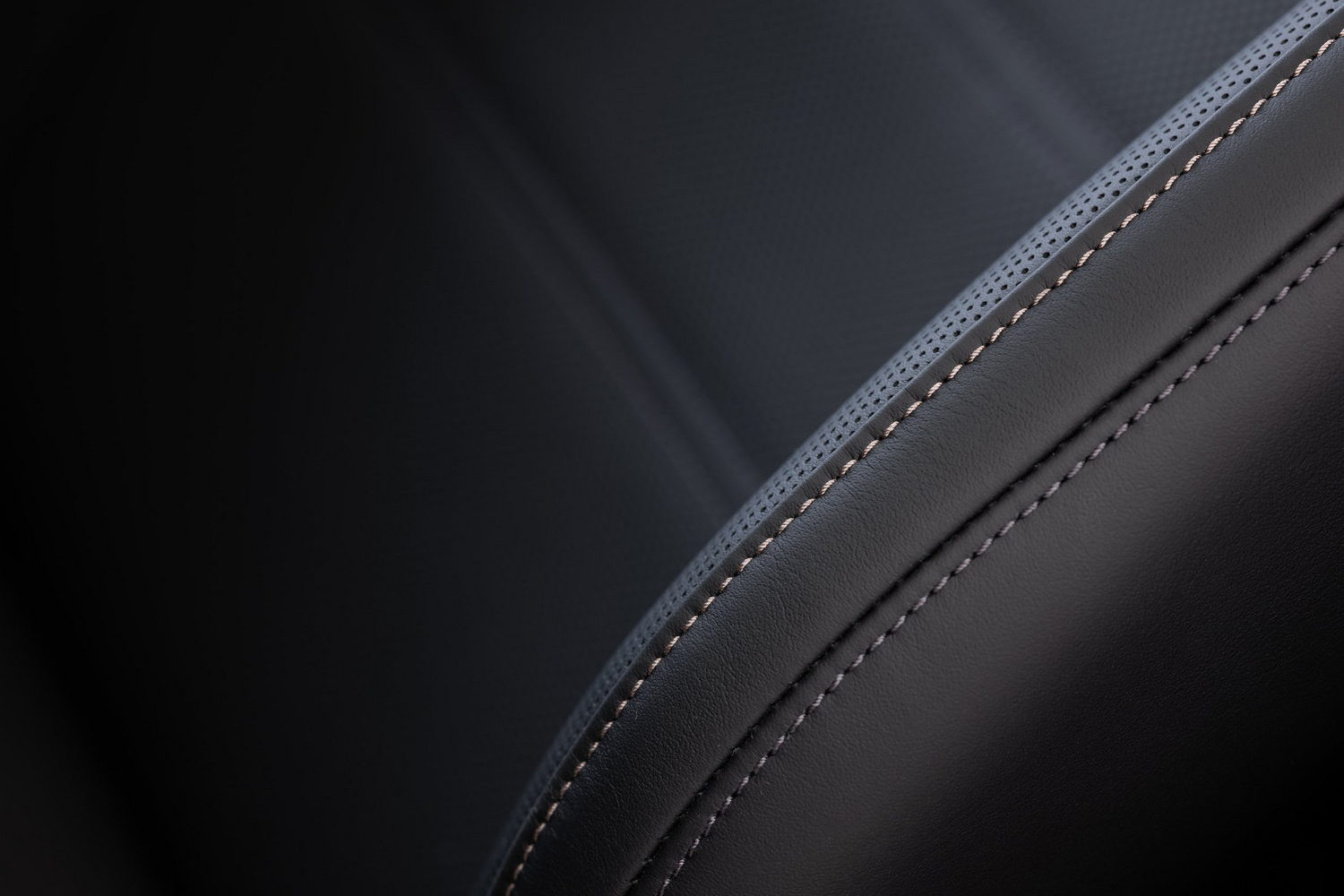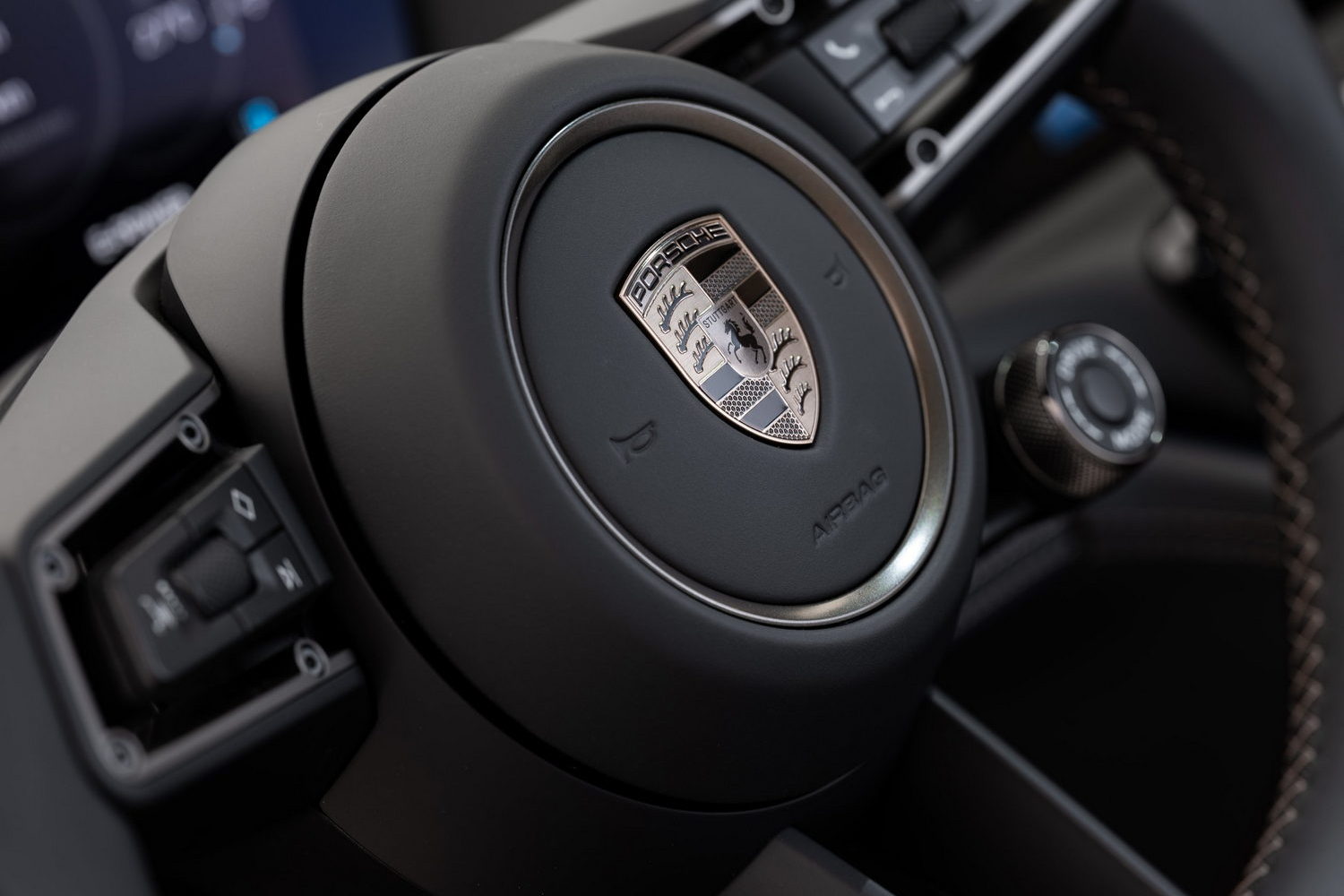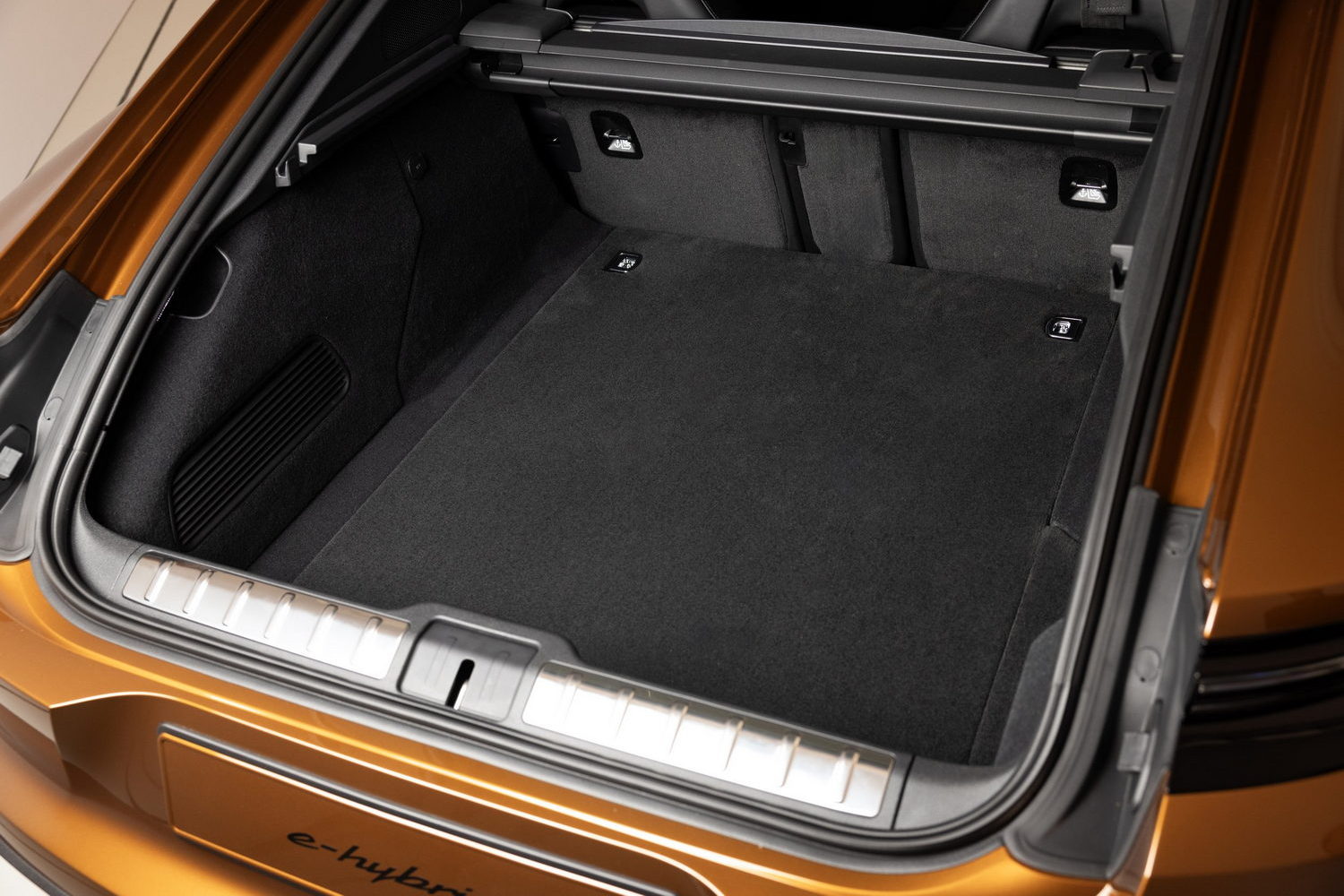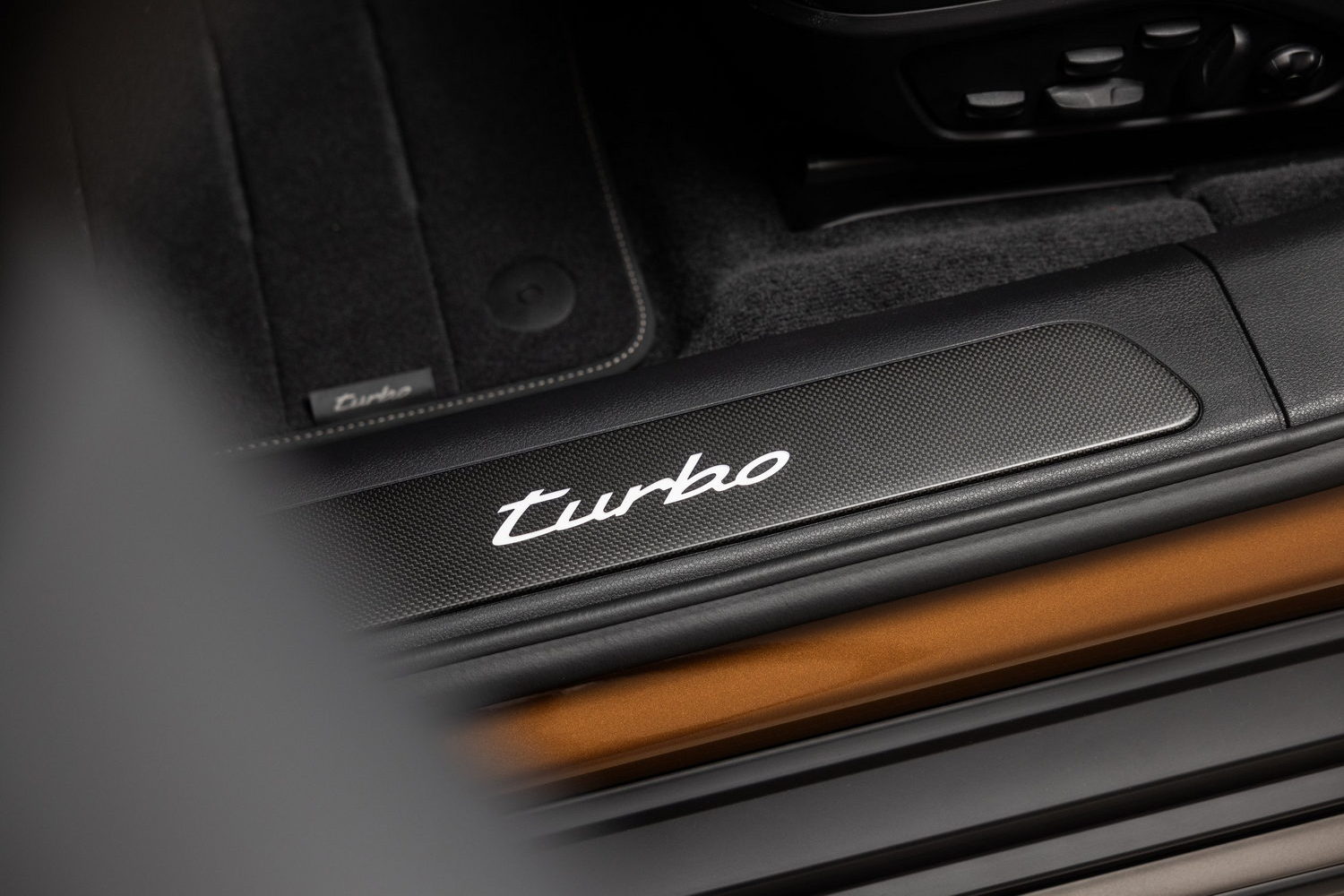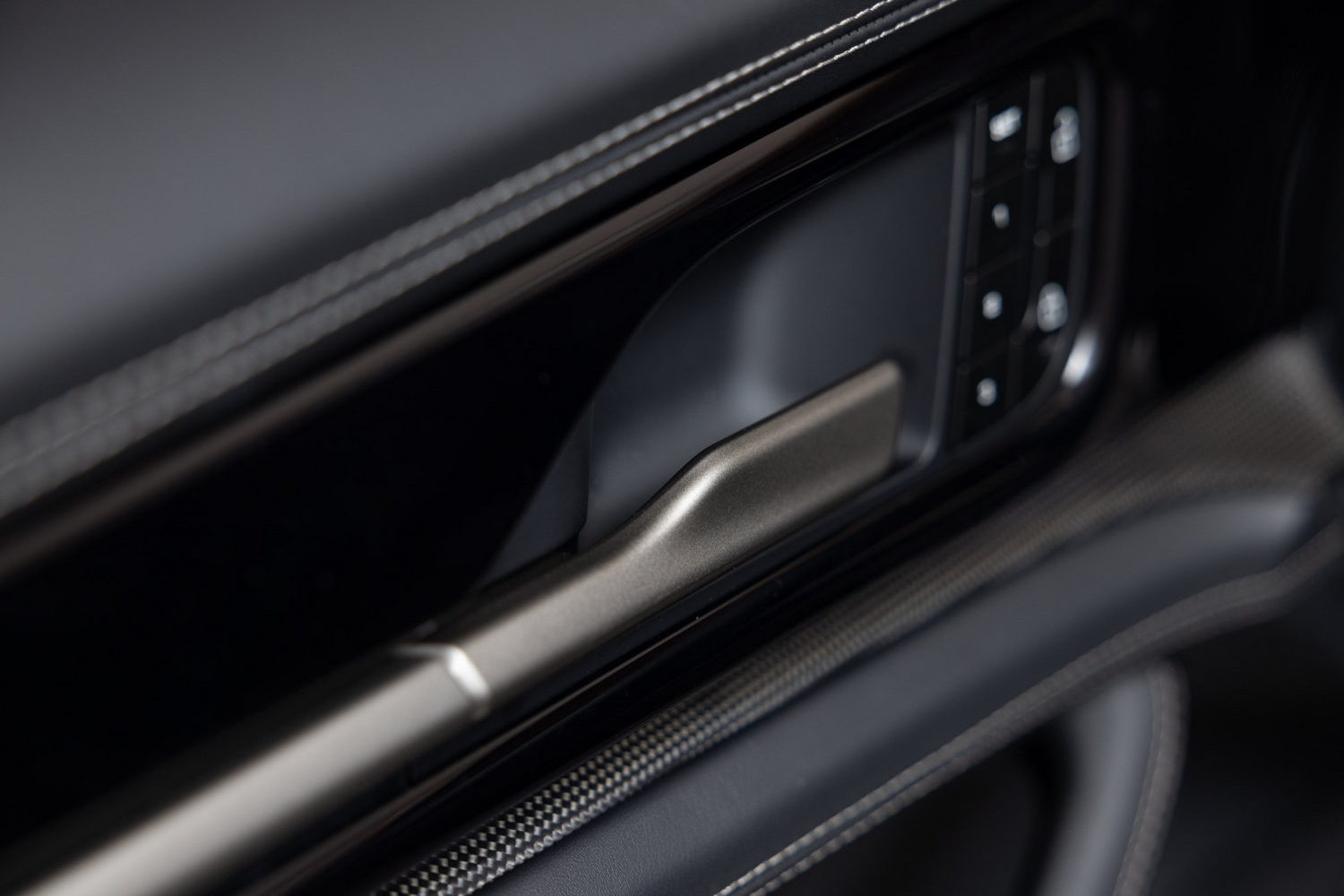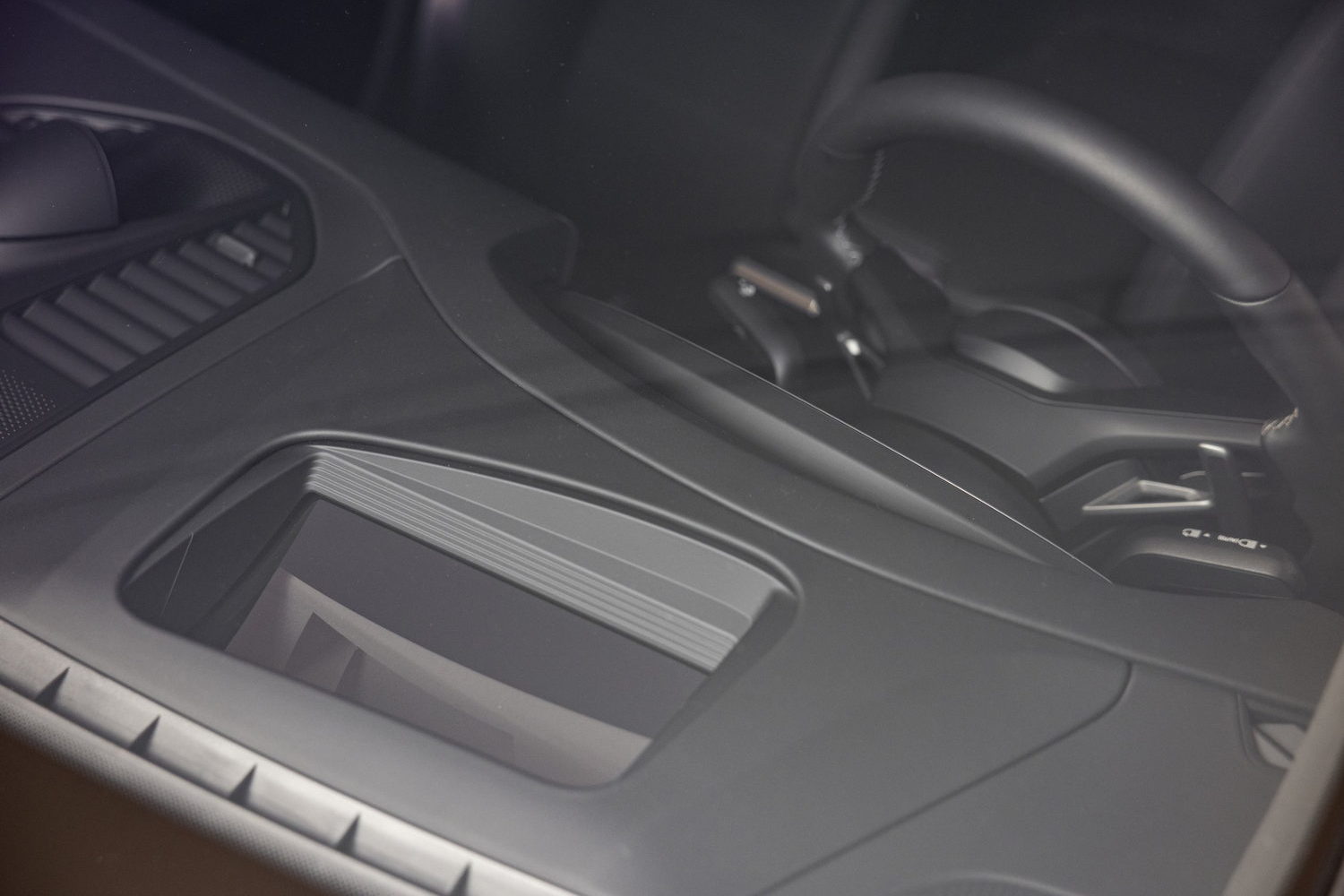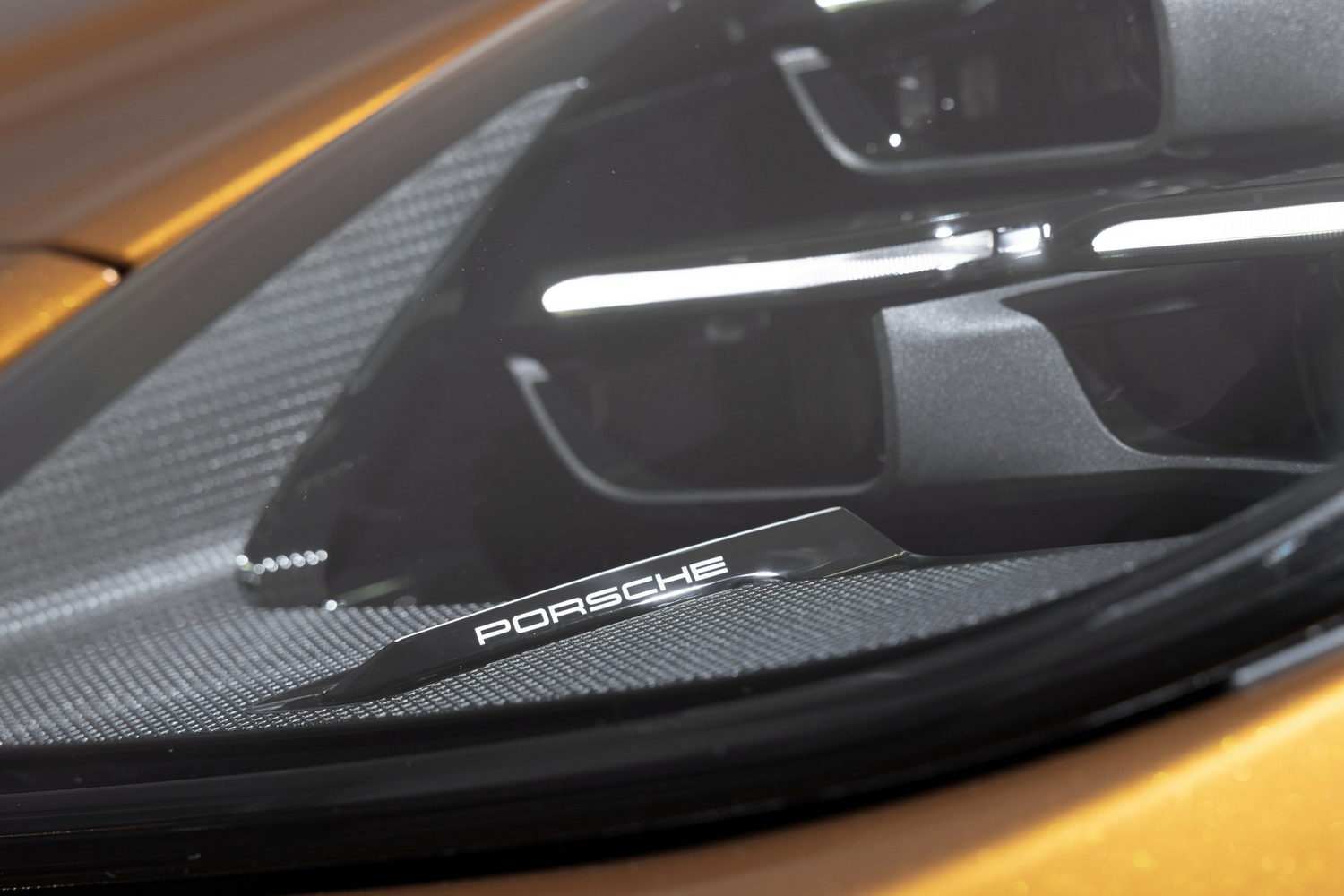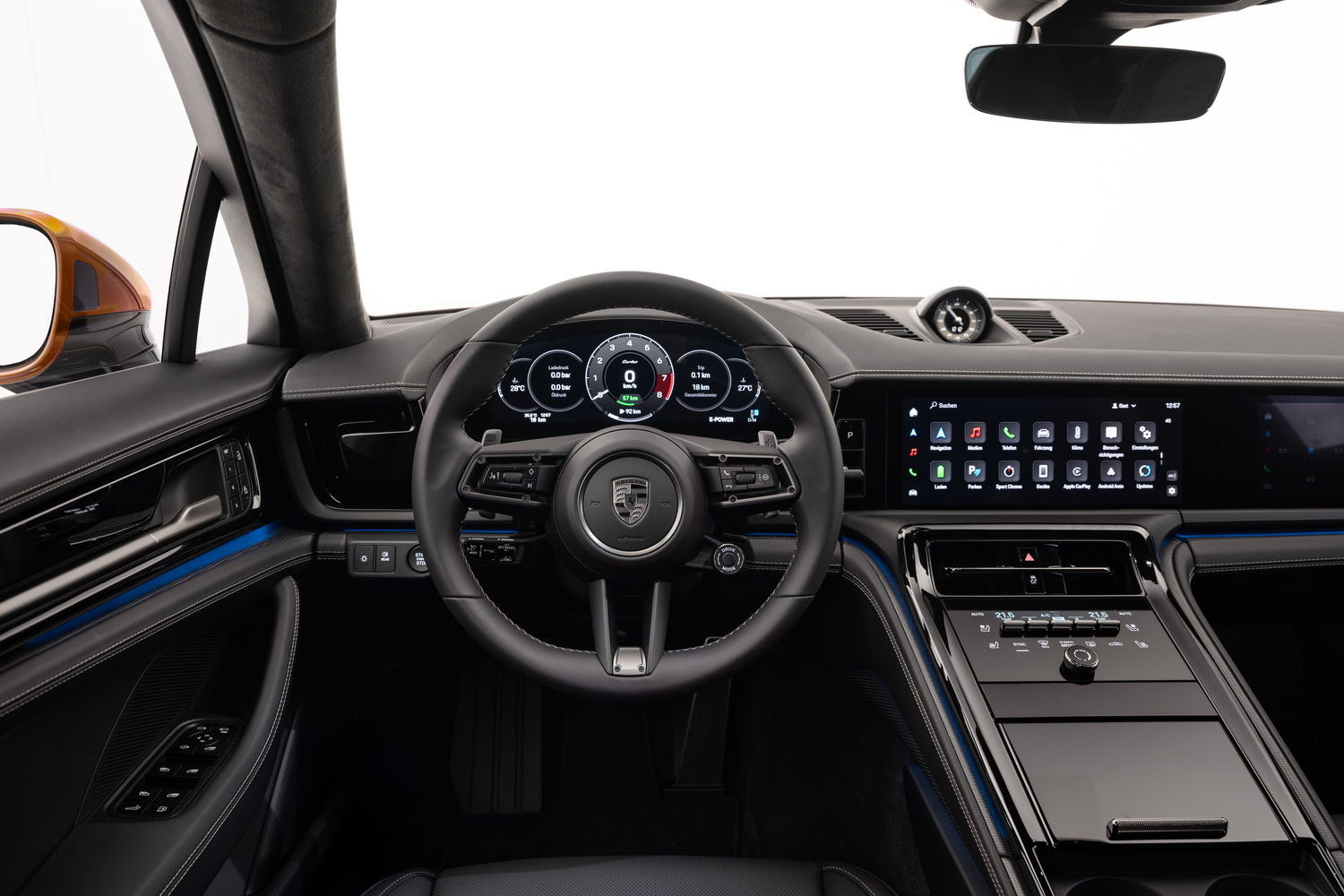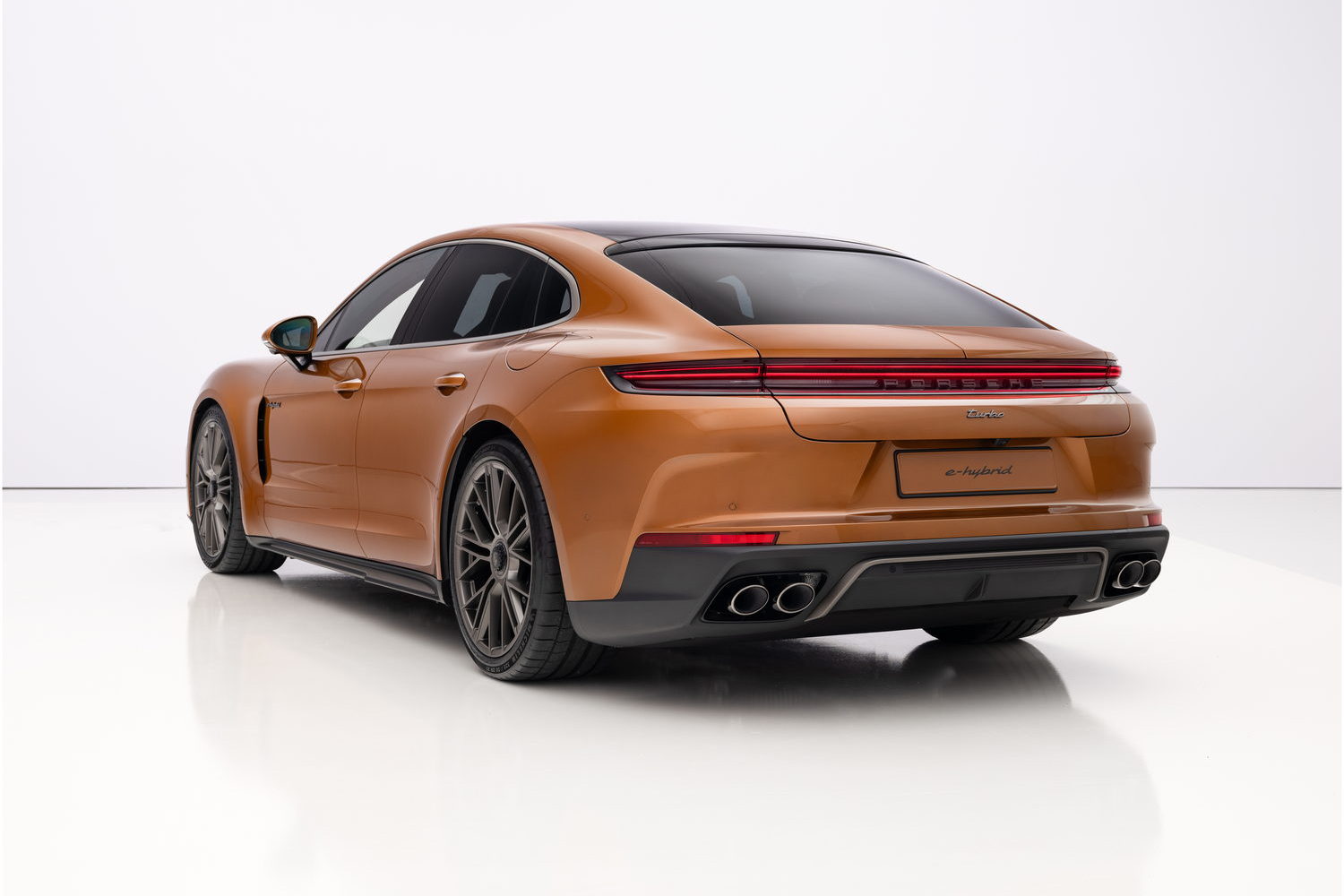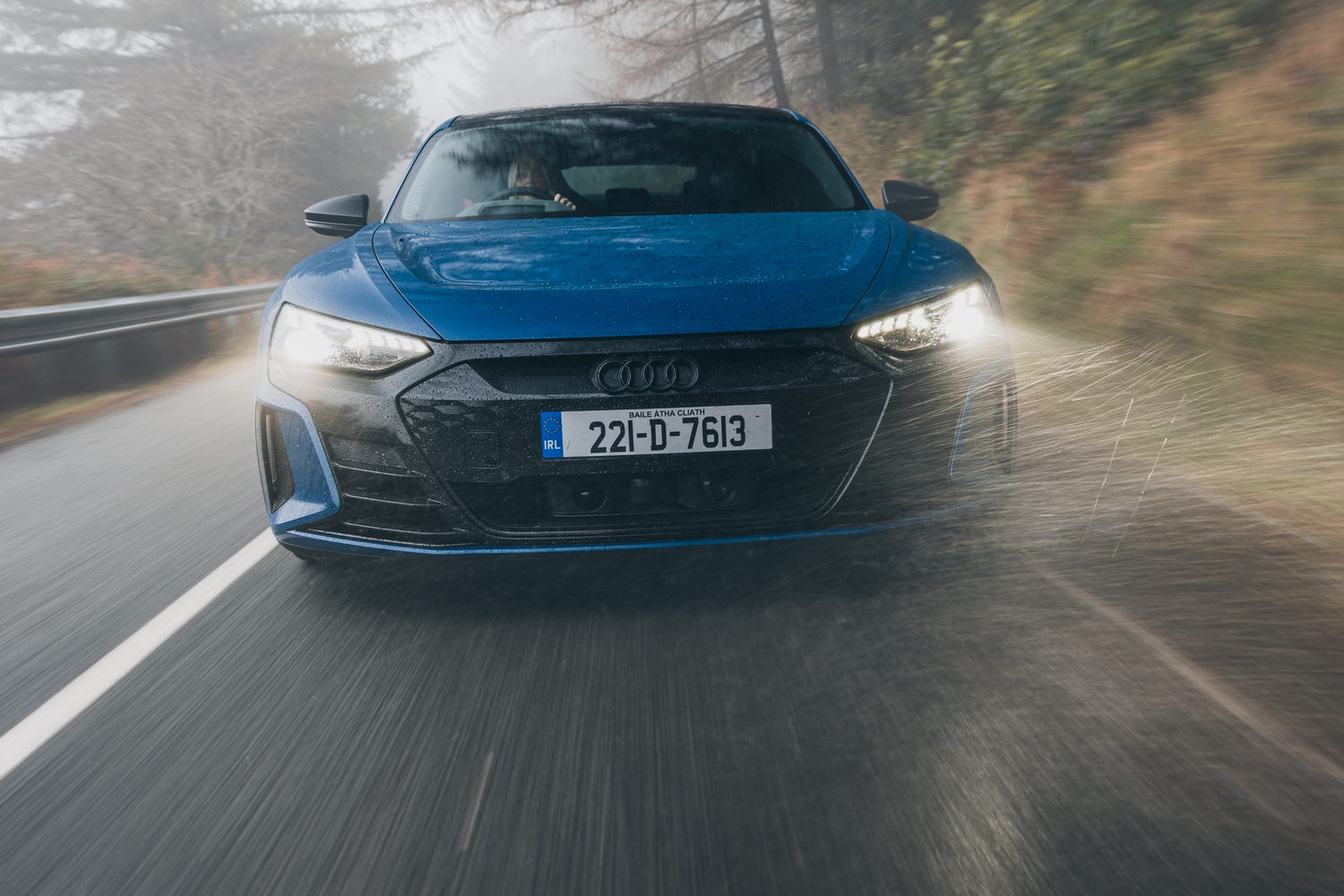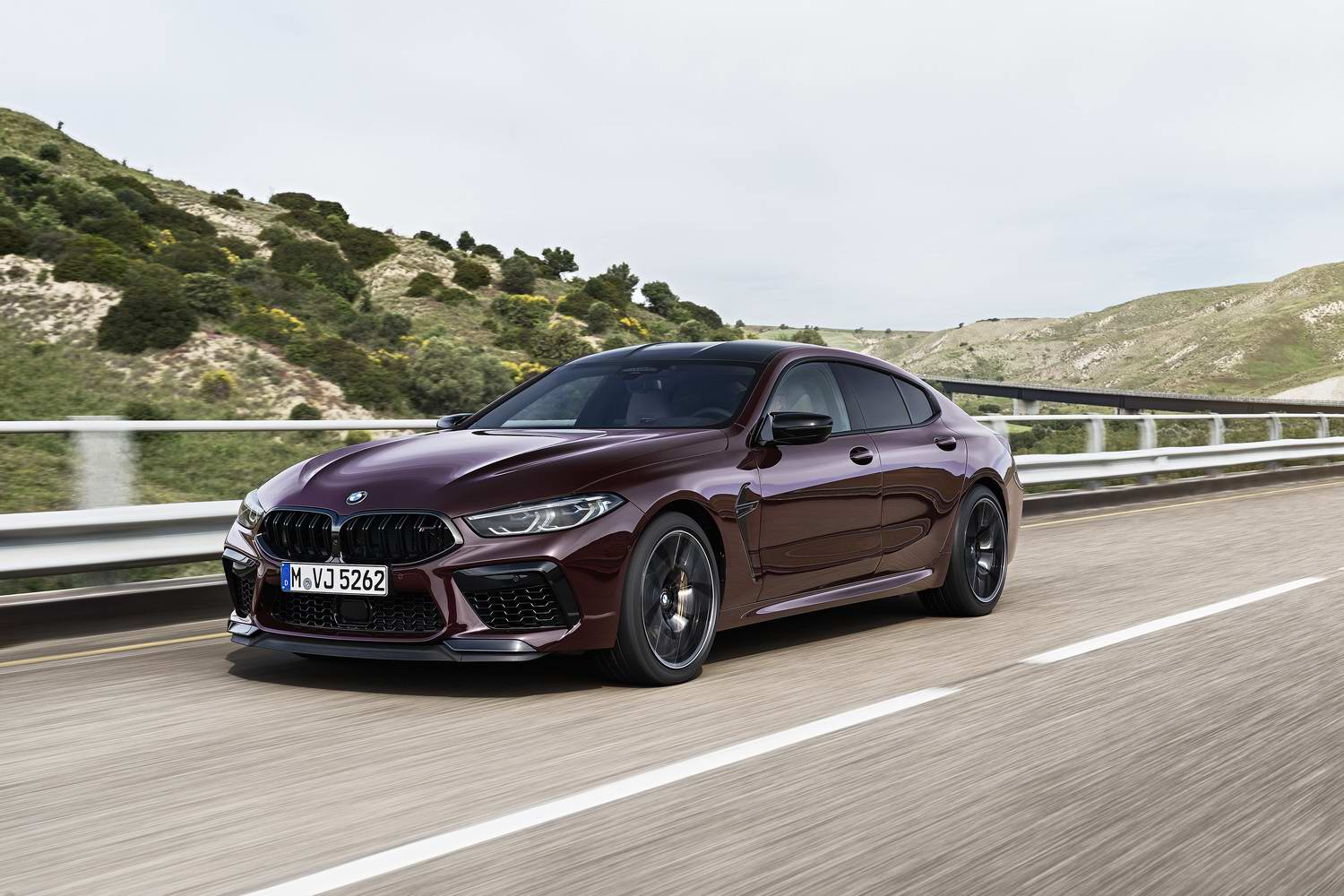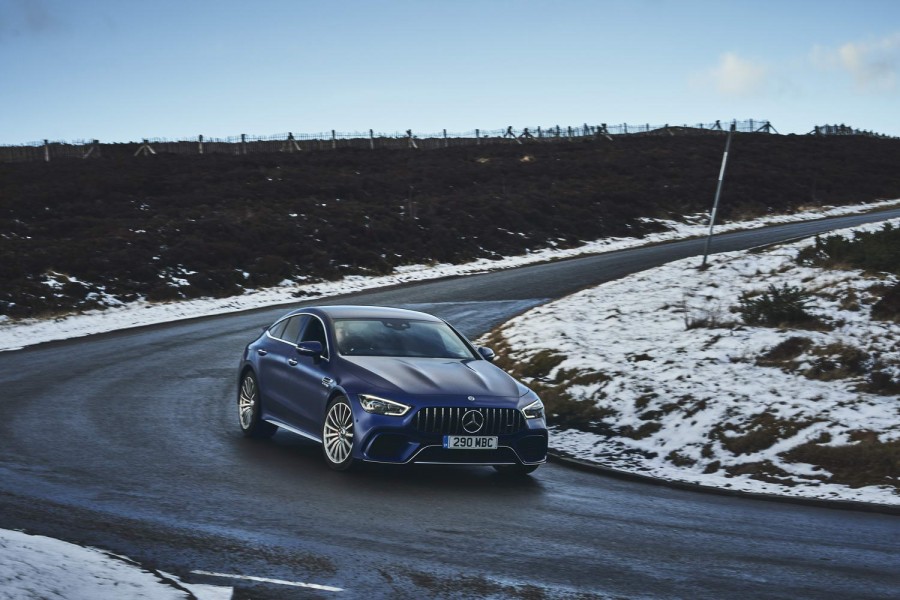The Porsche Panamera has endured quite the journey since its launch in 2009. Having been initially slated for its looks, then loved for its capability, it has been riding a rollercoaster of public opinion over the past decade or so. But now it seems to have established itself among the best sporty saloons in the world - not that it's especially flush for competition.
Nevertheless, the Panamera is on the up, and a heavily updated model for 2024 aims to make it even more appealing to buyers. Although the basic shape is much the same as before, there are some styling tweaks and a largely redesigned cabin, as well as some other additions including a new hybrid powertrain. We got the chance to test a pre-production prototype.
In the metal
At first glance, the new Panamera doesn't look all that different from its predecessor, and indeed the bodywork is broadly the same. However, Porsche has made some noticeable tweaks, including increased prominence of the front wings and a new frameless rear window, as well as centre-lock alloys, which are offered on the Panamera for the first time. Perhaps most obvious, however, is the new nose. That front bumper is much more aggressively styled than before, and it's mostly air intake, with open grilles almost all the way across and even above the number plate.
That's true no matter which version you choose, but there are other details that are available purely for the new Turbo E-Hybrid model tested here. A new addition to the Panamera line-up and the second most powerful Panamera hybrid on offer, this car is set apart by its grey window surrounds, monochrome Porsche badge and grey centre-lock wheels, as well as the grey trim around the air intakes and horizontal indicators in place of the standard car's vertical lights.
But the external upgrades are nowhere near as drastic as the internal tweaks, where Porsche has taken plenty of inspiration from its latest Cayenne. The Taycan's fully digital instrument display has replaced the old 'hybrid' half-analogue instrument cluster, while there's much the same central touchscreen as before. There's nothing wrong with that - the system works pretty well, and it looks good in a minimalist, unassuming kind of way - but it isn't especially exciting.
More interesting, therefore, is the rearrangement of the interior, which more or less follows the changes made to the Cayenne. The gear selector has been moved to the dashboard, as it is in the electric Taycan, and that has allowed the climate control panel to drop onto the centre console, just ahead of the smartphone pocket complete with wireless phone charging.
And as with the Cayenne, the Panamera is now offered with a passenger touchscreen display, which has a special film in its make-up to prevent the driver from seeing it from across the car. That's because Porsche is offering the screen with streaming services, allowing passengers to watch TV shows and films on the move. If we're honest, an iPad with a good cover will probably be more useful - and thanks to the polarising film, it'll probably have better image quality - but the passenger display is more of a talking point.
That isn't the only passenger display, though, because there's also a screen in the transmission tunnel behind the centre console. Providing a single central screen between the seats, it offers access to the usual infotainment tech and allows back-seat passengers to change the radio station or access vehicle data, but whether that's a good thing rather depends on your passengers. It's certainly one way of providing back-seat luxury without spoiling the sporty feel, and it all seems to work admirably well.
But while there's plenty to talk about in terms of technology, it's harder to talk about interior space. It's broadly the same as before, in that there's more than enough cabin space for four adults and the boot is pretty roomy, and we're expecting similar dimensions to those seen in the existing Panamera. But Porsche hasn't yet confirmed luggage space figures and the like just yet, so we can't draw solid conclusions for the time being. Suffice to say customers won't be worrying too much about practicality.
Driving it
As part of the Panamera updates, Porsche has added a new hybrid powertrain to the range. The basic 4 E-Hybrid and the slightly more powerful 4S E-Hybrid were already supplemented by the Turbo S E-Hybrid, but now Porsche has dropped a Turbo E-Hybrid model in between the 4S E-Hybrid and Turbo S E-Hybrid to provide a less powerful V8-engined hybrid option.
That new model is one of the two Panamera powertrains confirmed at launch, with the entry-level, V6-powered Panamera 4 being the other. In the fullness of time, however, Porsche has said that the range will grow with at least the three other hybrid models, although other petrol versions are also expected to pad out the Panamera stable.
But it's the hybrids that hog the headlines, thanks in no small part to Porsche's modifications to the hybrid system. Shared across the E-Hybrid models, it features a 140kW electric motor that's integrated into the eight-speed automatic gearbox and a new 25.9kWh battery. Both developments are broadly shared with the latest Cayenne E-Hybrid models, but the Panamera Turbo E-Hybrid gets a slightly different V8 engine to its high-riding sibling. Yes, the 4.0-litre block is much the same, but the bits tagged on top are subtly different, giving the whole system a maximum power output of 680hp.
That in turn permits a 0-100km/h time of 3.2 seconds, which is mighty impressive for a big car such as this, but the real selling point is the increased electric range. According to the official economy tests, the new Panamera E-Hybrid models will have the capacity to cover up to around 90km without dipping into the petrol tank. In the real world, it's 60km or so in everyday conditions, but that's still a very usable range and a big improvement on the old car, which would do well to cover much more than 30km on a charge. However, the 4.0-litre engine is still going to burn through petrol like it's going out of fashion when it's running, so the 1.2-1.7 litres/100km consumption is going to take a specific use case to be achievable on the road. But if you can charge the battery regularly at home and keep your journeys short, it should be cheaper to run than a 'standard', non-hybrid Panamera Turbo.
Even so, when you use both electric and petrol power together, the performance is seemingly limitless. This isn't even the fastest Panamera E-Hybrid model - an updated, more upmarket Turbo S E-Hybrid version has effectively been confirmed by Porsche's management - but it still goes like the clappers. With the electric motor filling in the gaps when the petrol engine is spooling up or the gearbox is shifting between ratios, the Panamera offers unrelenting acceleration, and the all-wheel-drive system means it has ample traction off the line. With so much power, however, it will break loose if pushed. And the sound of that V8 engine is spectacular, with a deep bellow under load and a mischievous burble when you lift off; it's suitably sporty, yet it's still decorous when you just want to relax.
And though the Panamera is billed as a sporty car, it's also a long-distance tourer, and Porsche's engineers have been hard at work ensuring it's as comfortable as it is capable. To that end, the Panamera's already laudable air suspension system has been redesigned, complete with new electronic damping technology that allows the car to react to the road surface in fractions of a second for maximum relaxation. What's more, the optional active suspension system offers all sorts of clever functions to prevent undue body movement.
Chief among these systems is pitch control technology designed to counter the effects of acceleration and braking. Some of these effects are illusions - the sense of leaning back when you accelerate is partly down to the movement of fluid in the ears, which look after your sense of balance - but it's a real phenomenon, too. Accelerate hard and a car's nose will lift slightly, while the front end will 'dive' under braking. To counter that, the Panamera can move itself in the opposite direction, raising the nose when you brake and lowering it when you accelerate. Although it doesn't feel entirely natural, the system does reduce the sense of your body being pushed into the seat under acceleration or thrown forward when braking.
Similarly, the technology can also be used to prevent body lean in the corners, and it can raise the whole car up by 55mm to provide easier access when the door is opened. In Sport Plus mode, the system will lower the whole car by 10mm, then lean the front inside corner of the car into a bend, a bit like a motorcyclist.
In short, there's a lot of technology going on, and while the active suspension tech is clever, the ride doesn't seem to have improved all that much - at least at low speeds. It isn't harsh by any stretch of the imagination, and Porsche was adamant that the Panamera should be comfortable without sacrificing feedback for the driver, which has duly been achieved. It should also be said the Turbo E-Hybrid will likely be one of the weightiest Panameras and it rides on pretty big wheels. As a result, the low-speed ride is supple, but with a hint of sporty firmness, rather than jarring harshness. But the high-speed ride is fabulous, with pillowy softness over longer undulations and a mature ability to soak up sharper bumps and potholes. Even without the active suspension, the Panamera is pretty comfortable, although it feels fractionally less settled without the upmarket tech.
Either way, it's a great car to drive. The steering is just as reassuringly precise as before, and there's an agility to the Panamera that just shouldn't be possible from such a big thing. It feels a bit like a big, comfortable, practical 911, and that's exactly what Porsche was going for. The only problem - if you can call it that - is that the Panamera was already brilliant in that regard, and the new model doesn't feel like a step forward in any way.
What you get for your money
As before, the low emissions ratings of the PHEV versions are likely to mean they'll be the least expensive options in Ireland, despite their considerable power outputs. Saying that, Porsche Ireland has posted pricing for the Turbo E-Hybrid version tested here and it's €180,751. We expect the entry-level hybrids to be more affordable.
The only other 2024MY Panamera pricing available so far is that for the Panamera at €155,384 and the Panamera 4, costing from €161,292.
Summary
We realise that criticising the Porsche Panamera for being much like its predecessor is harsh in the extreme. The Panamera was brilliant before, and it's still brilliant. In fact, if you're after one car to do absolutely everything, from track days to ski trips, the Panamera is arguably the car of choice. And while it's true we don't yet know how much it will cost or what it will come with, we do know it retains all the qualities that made it a world-beater in the first place.

